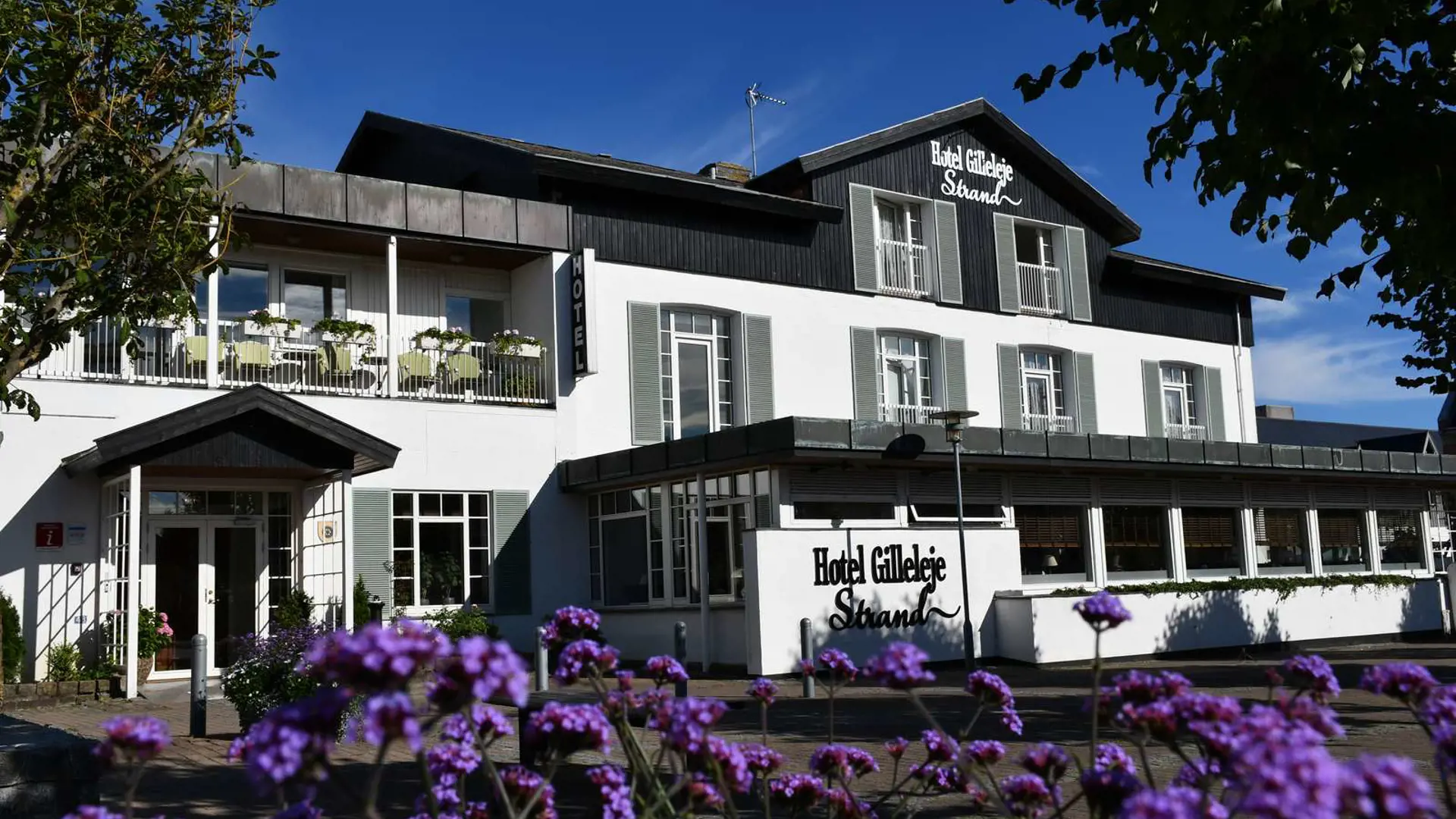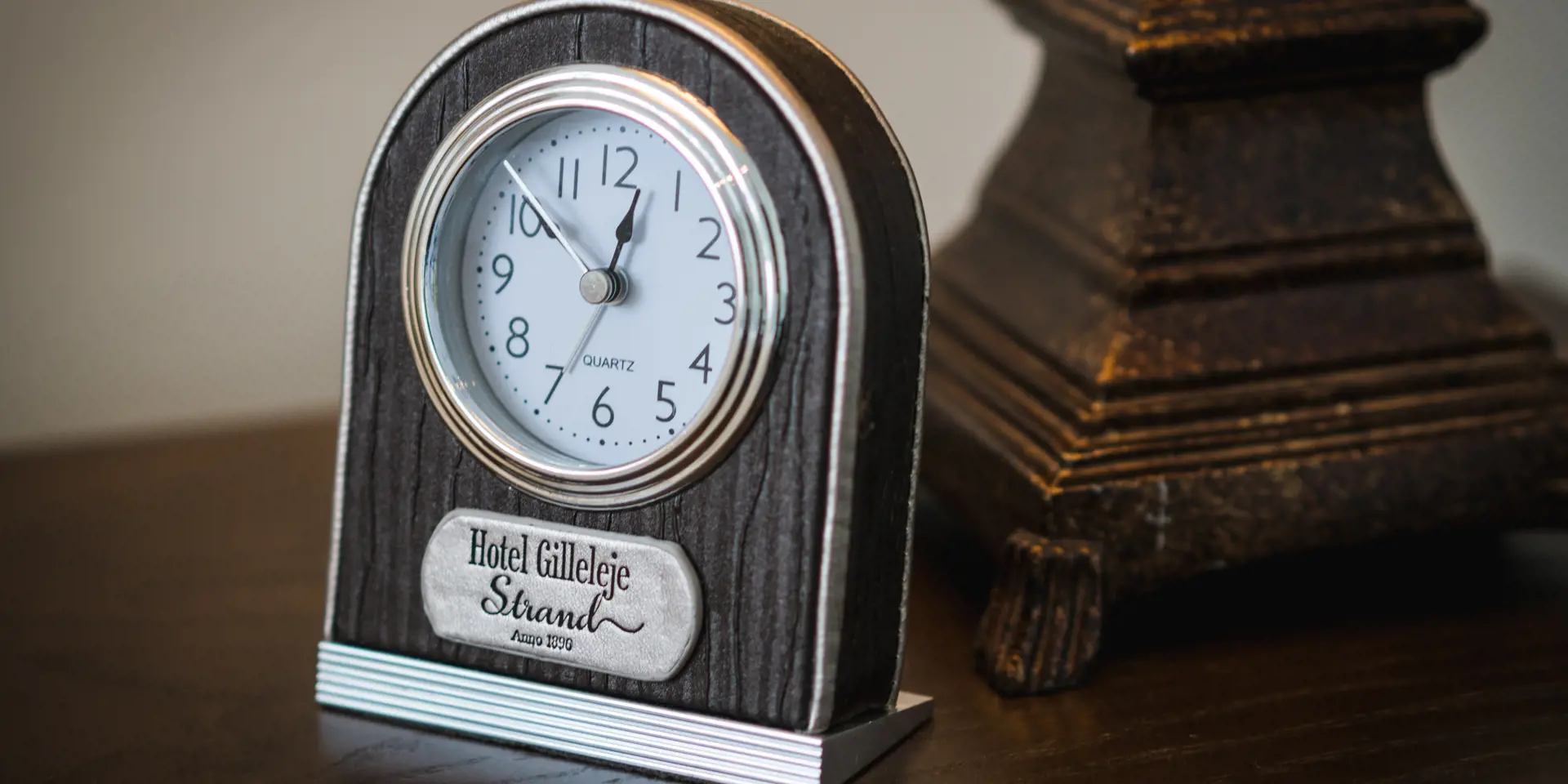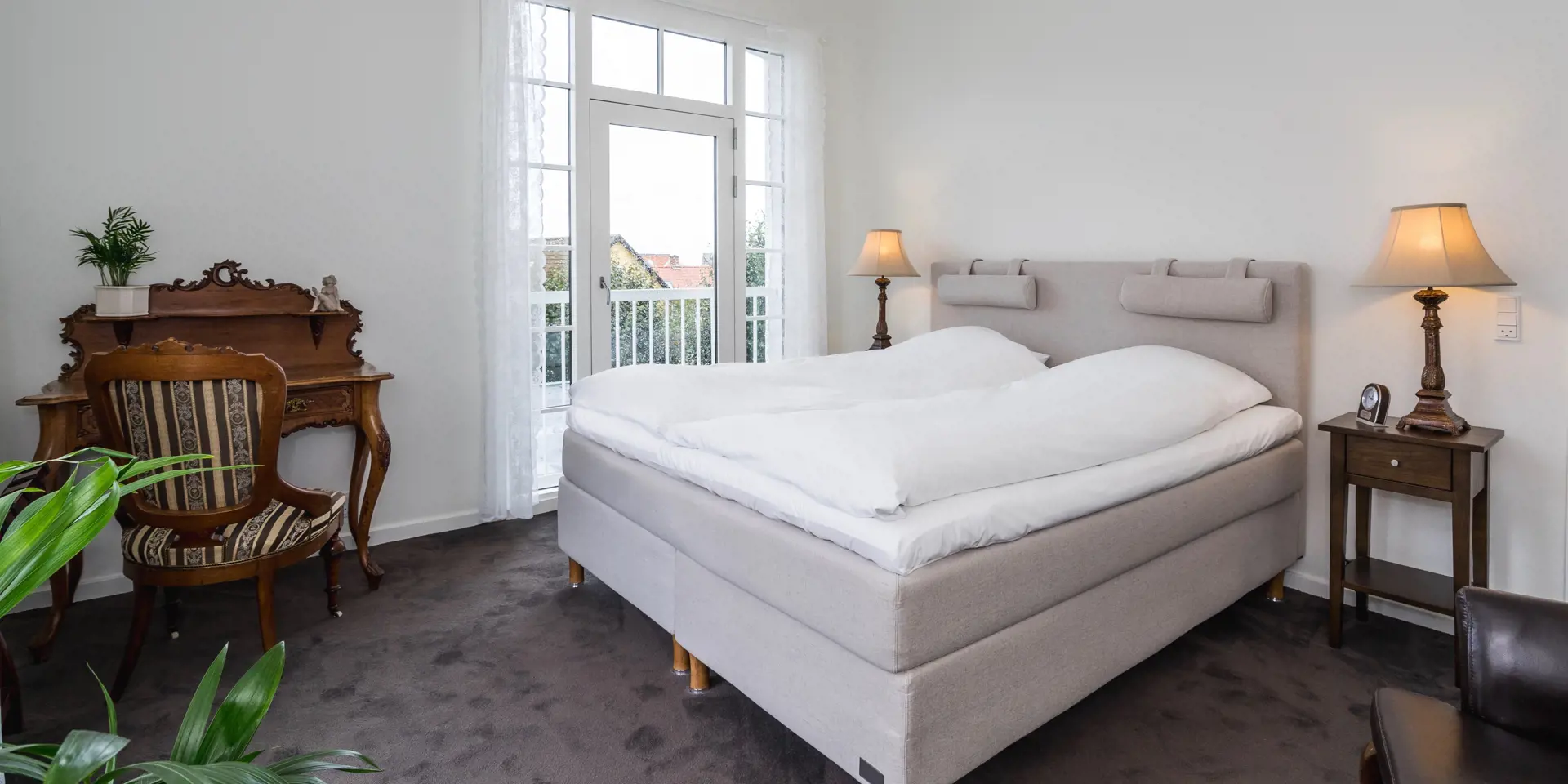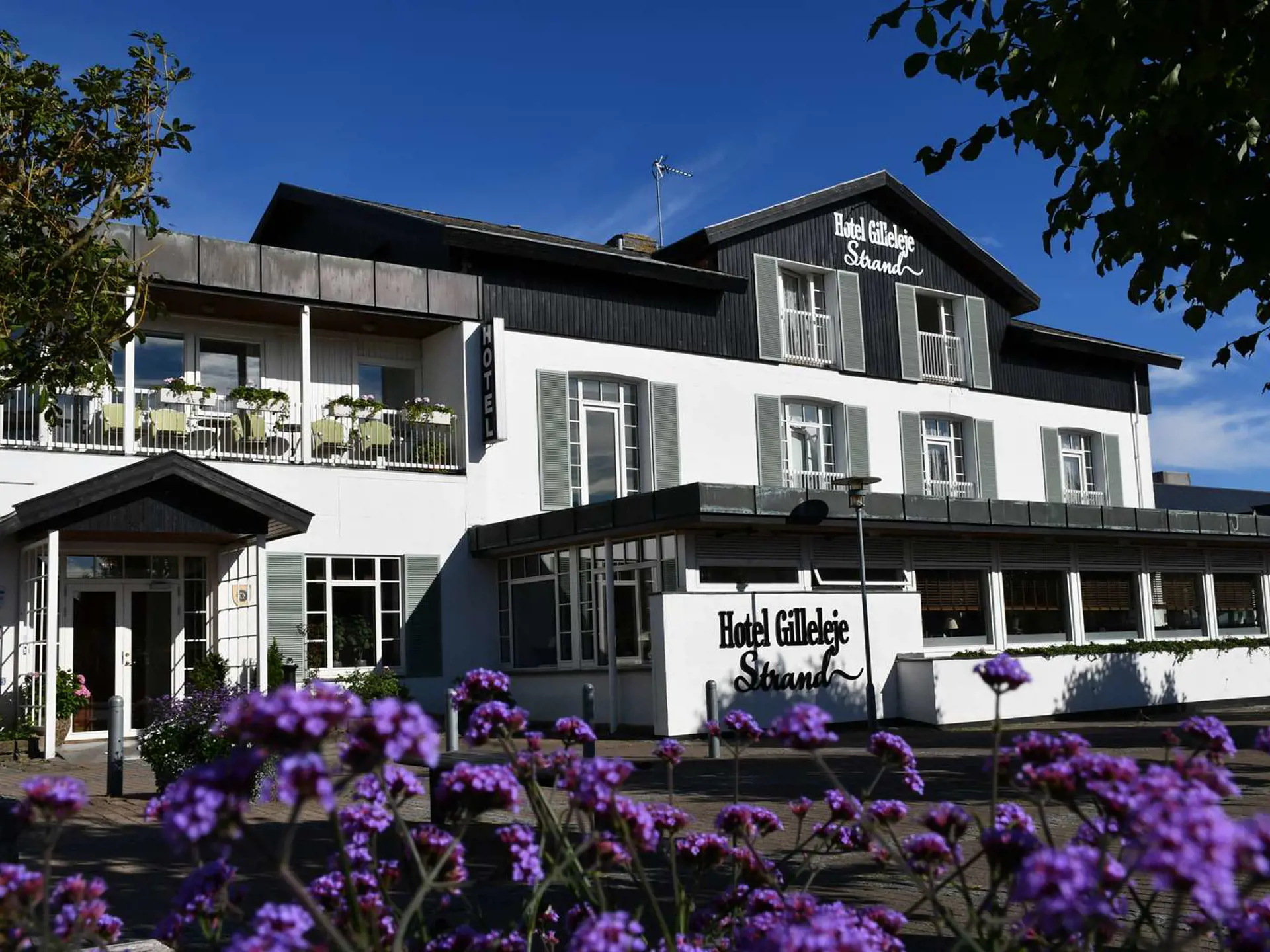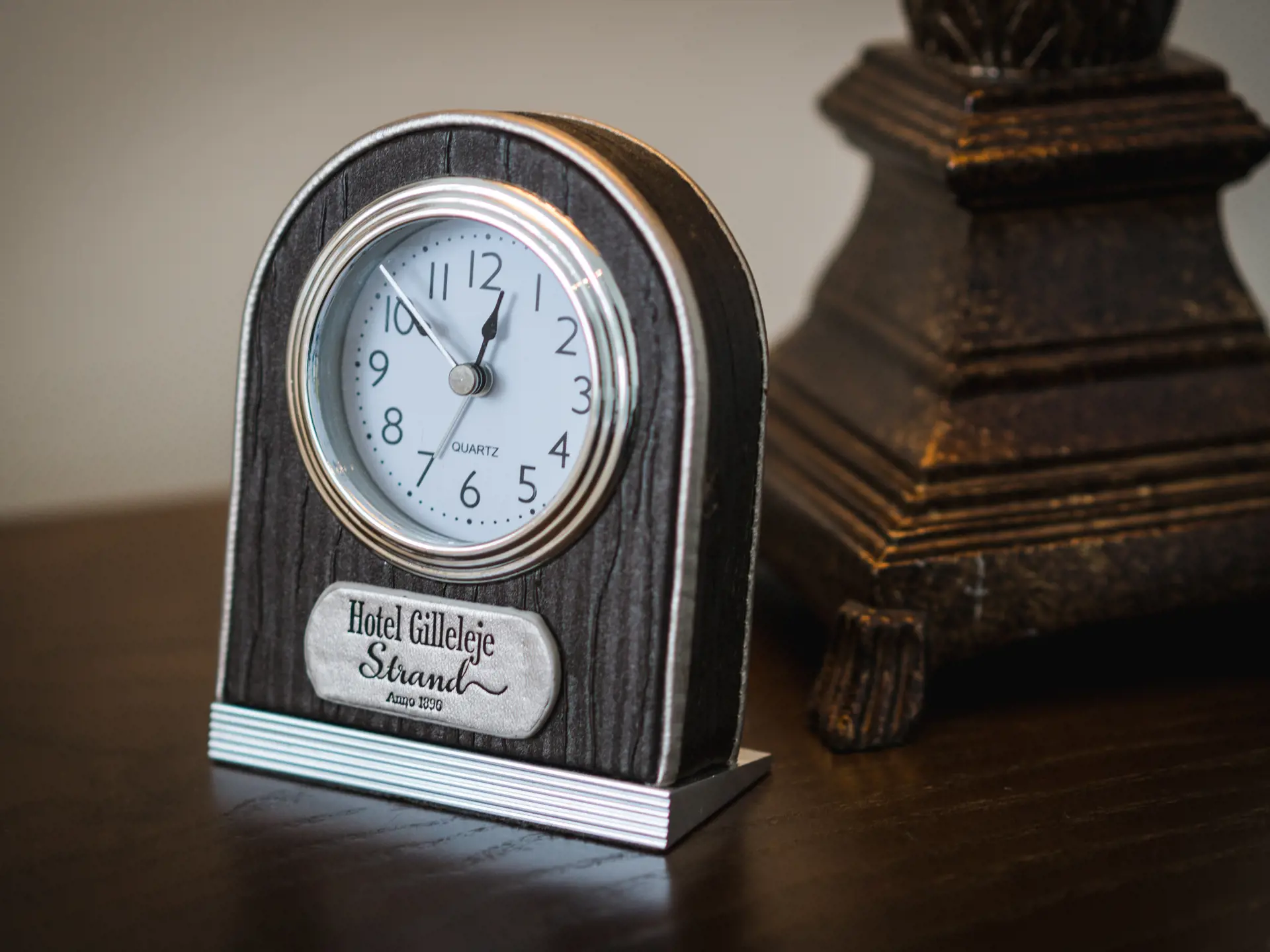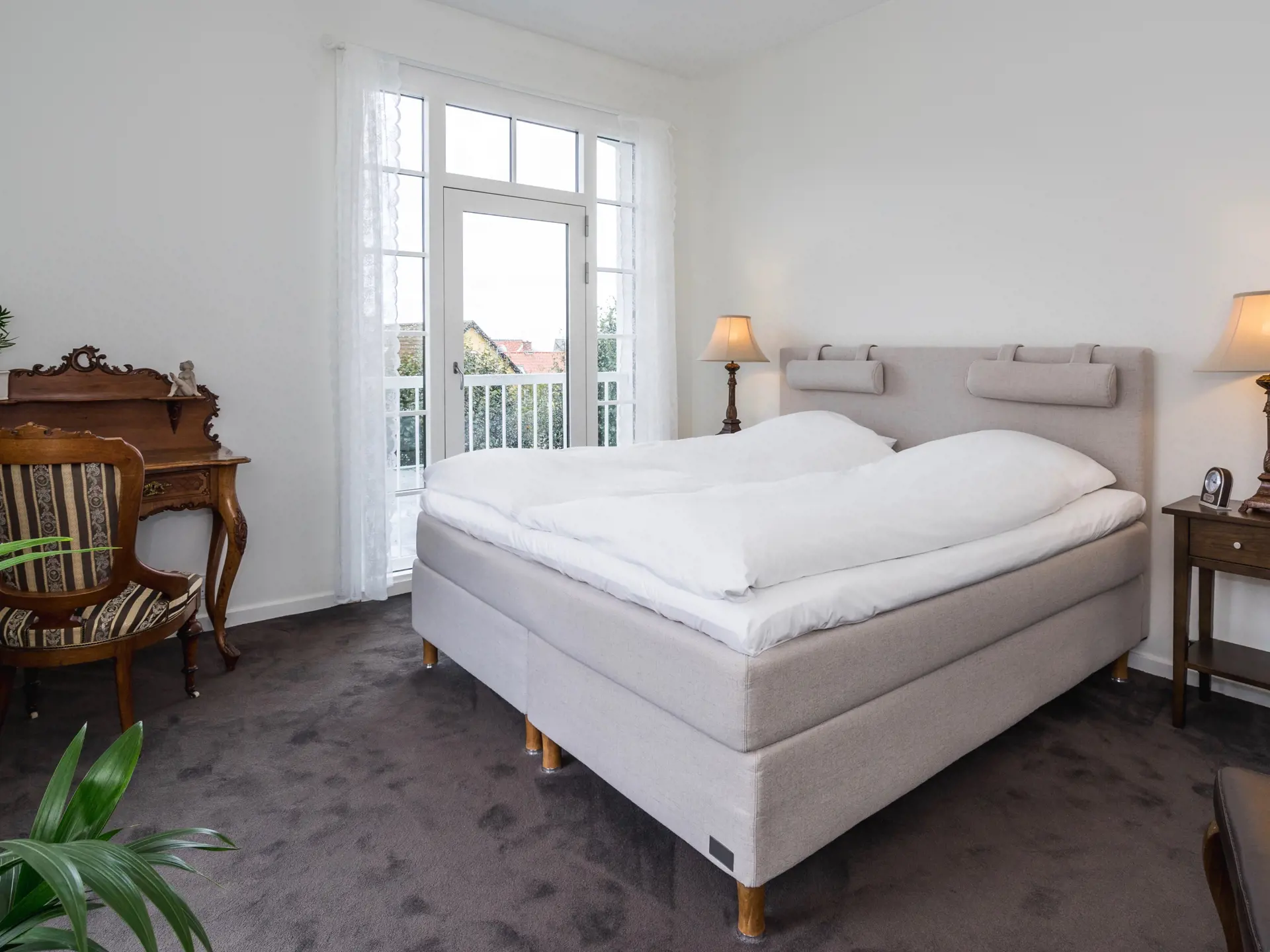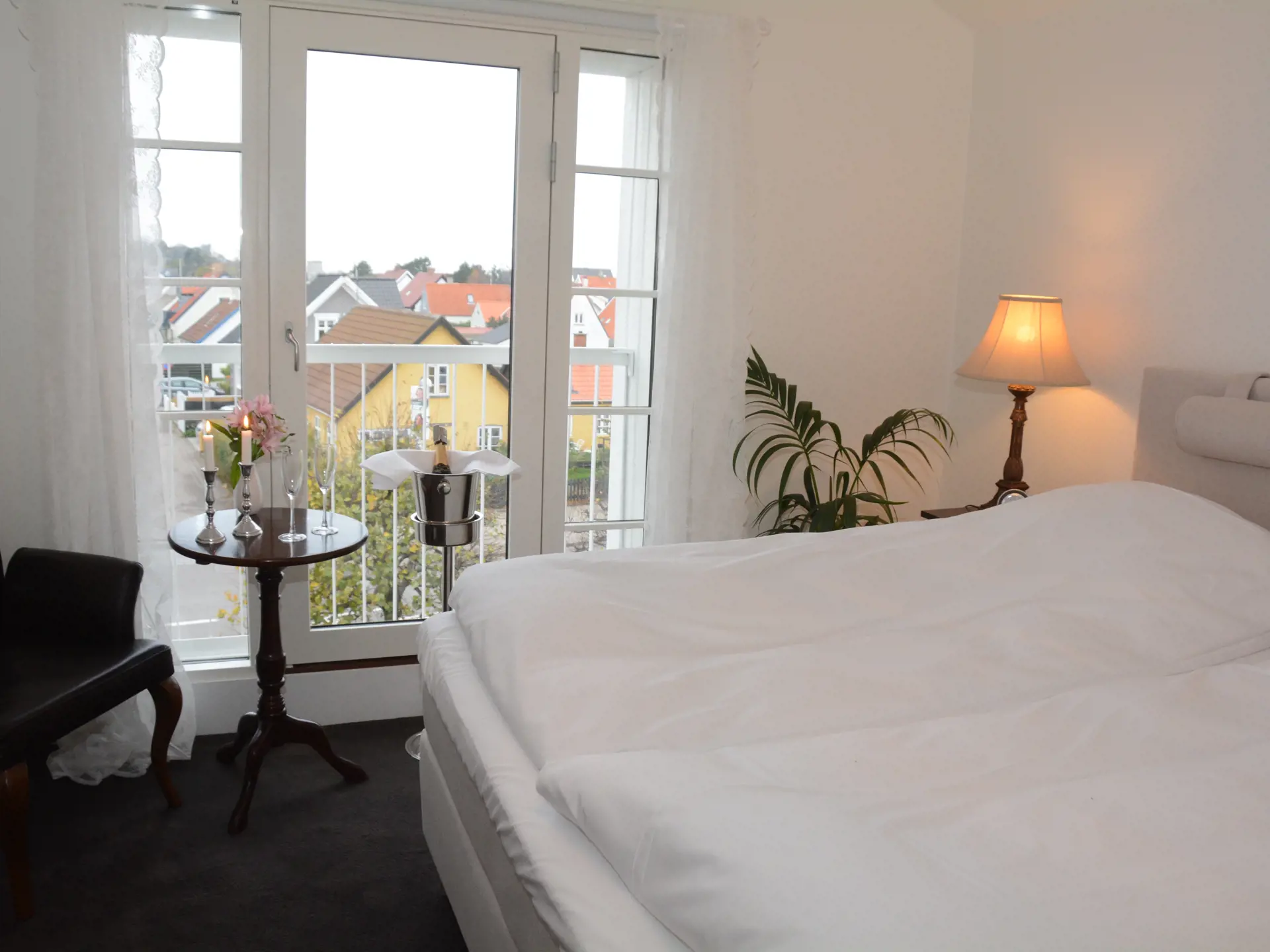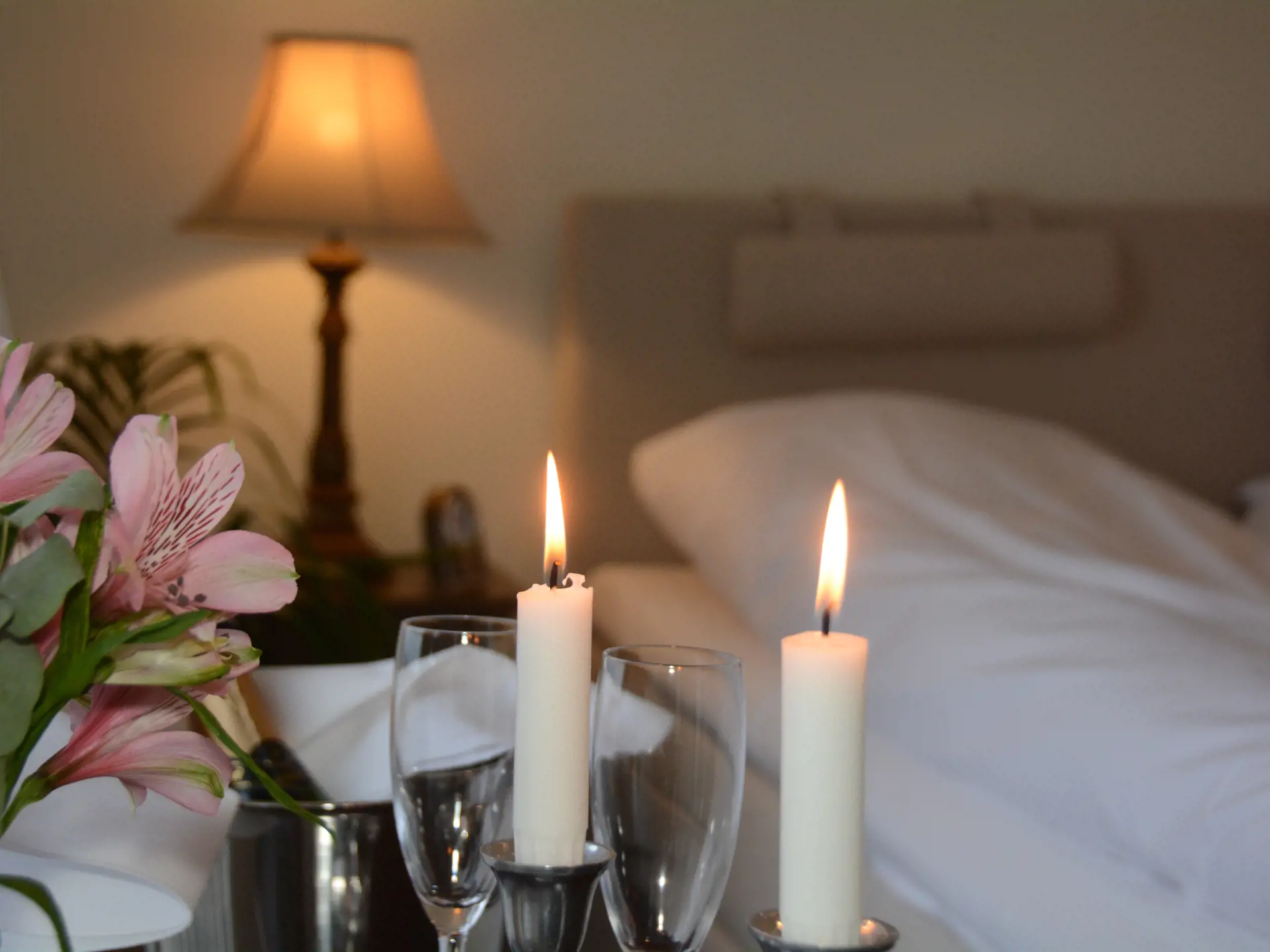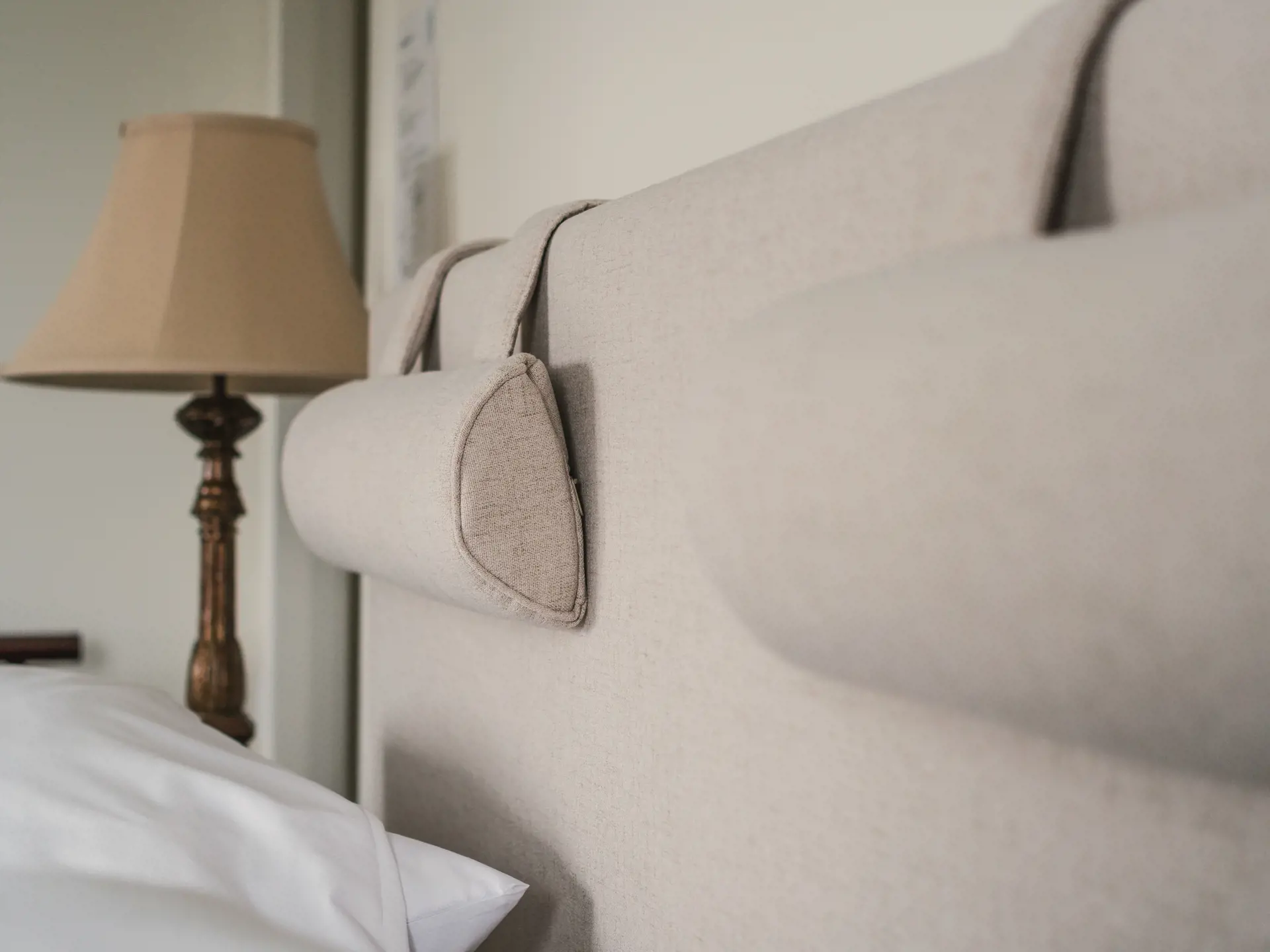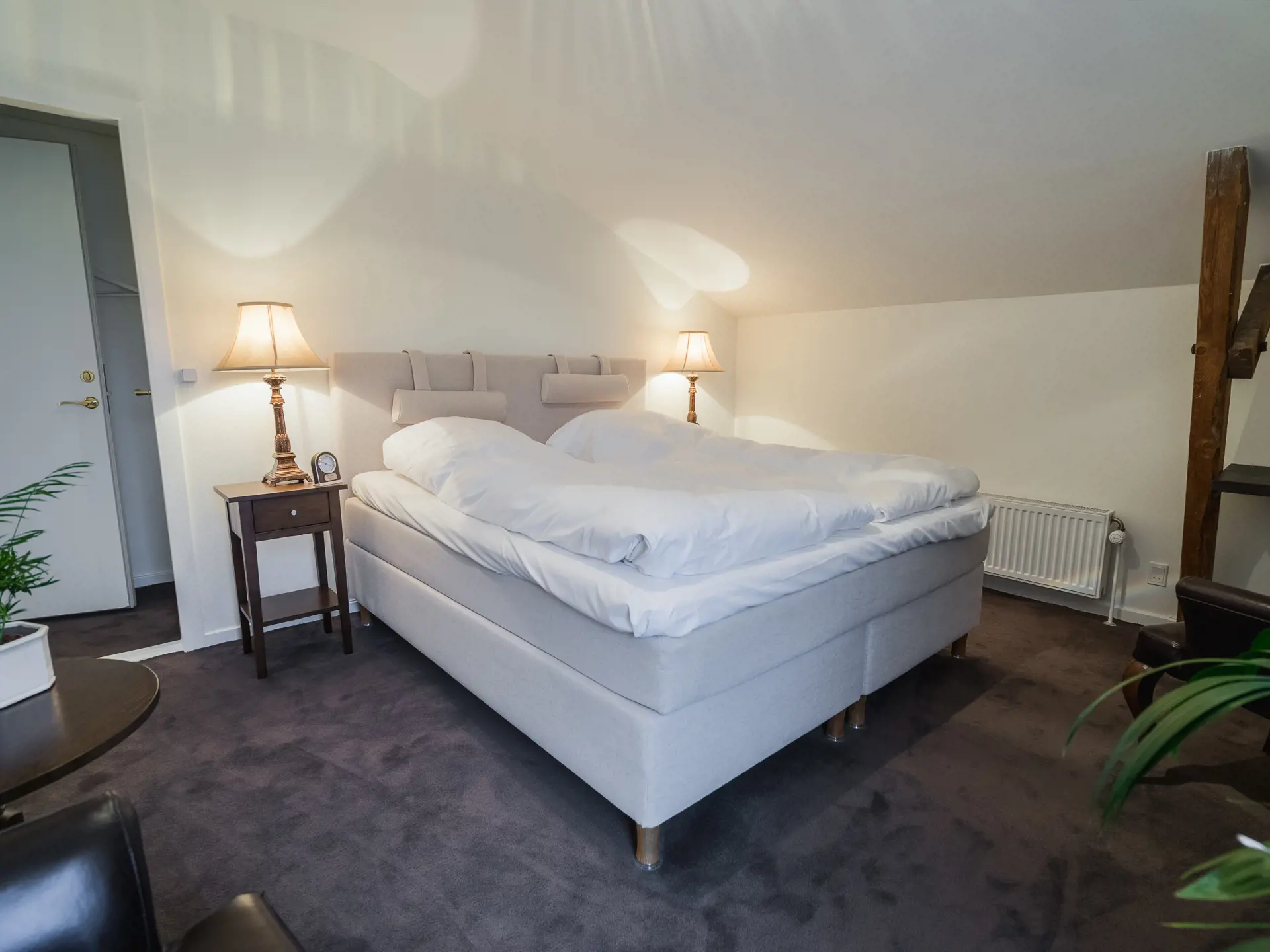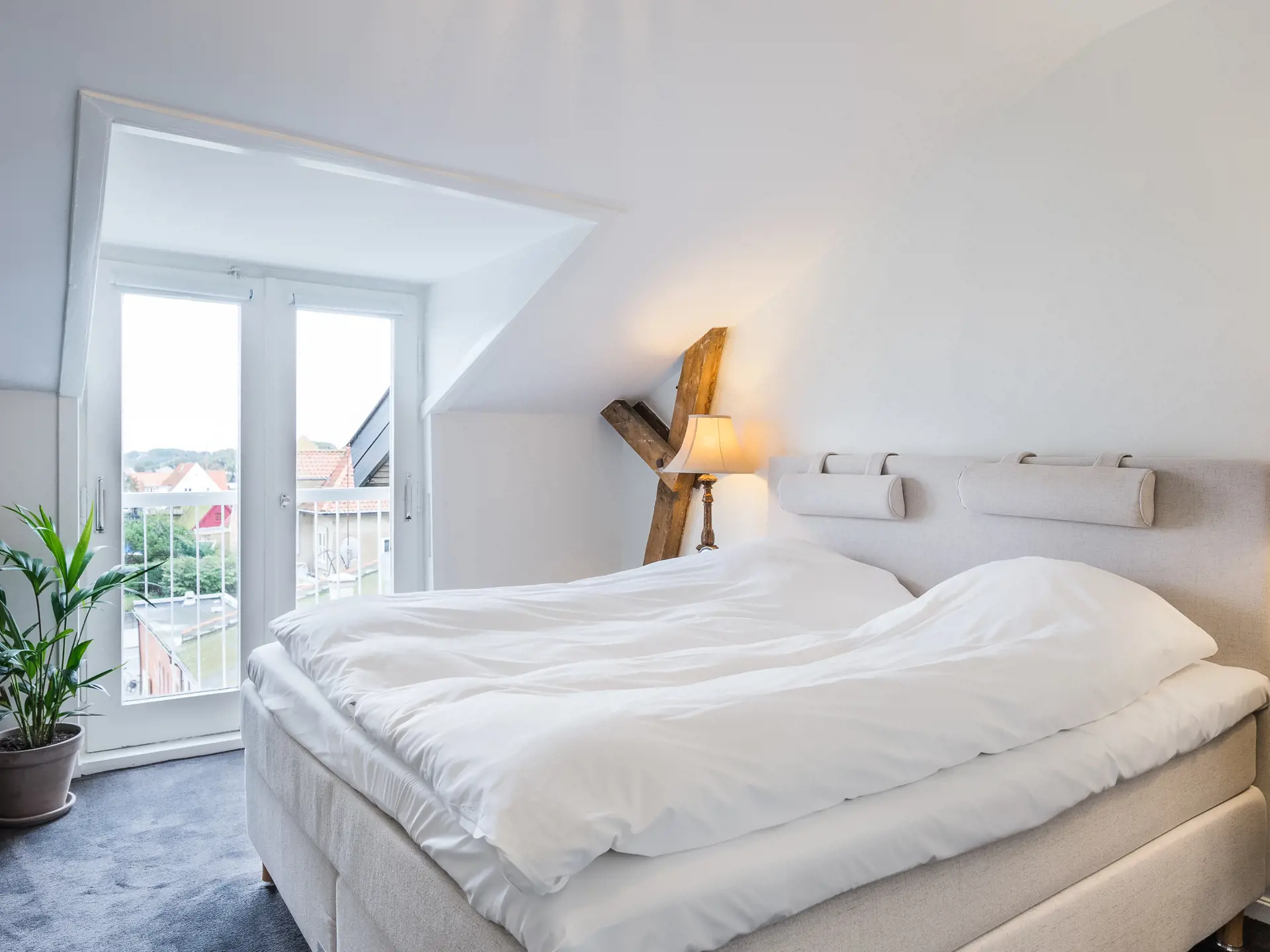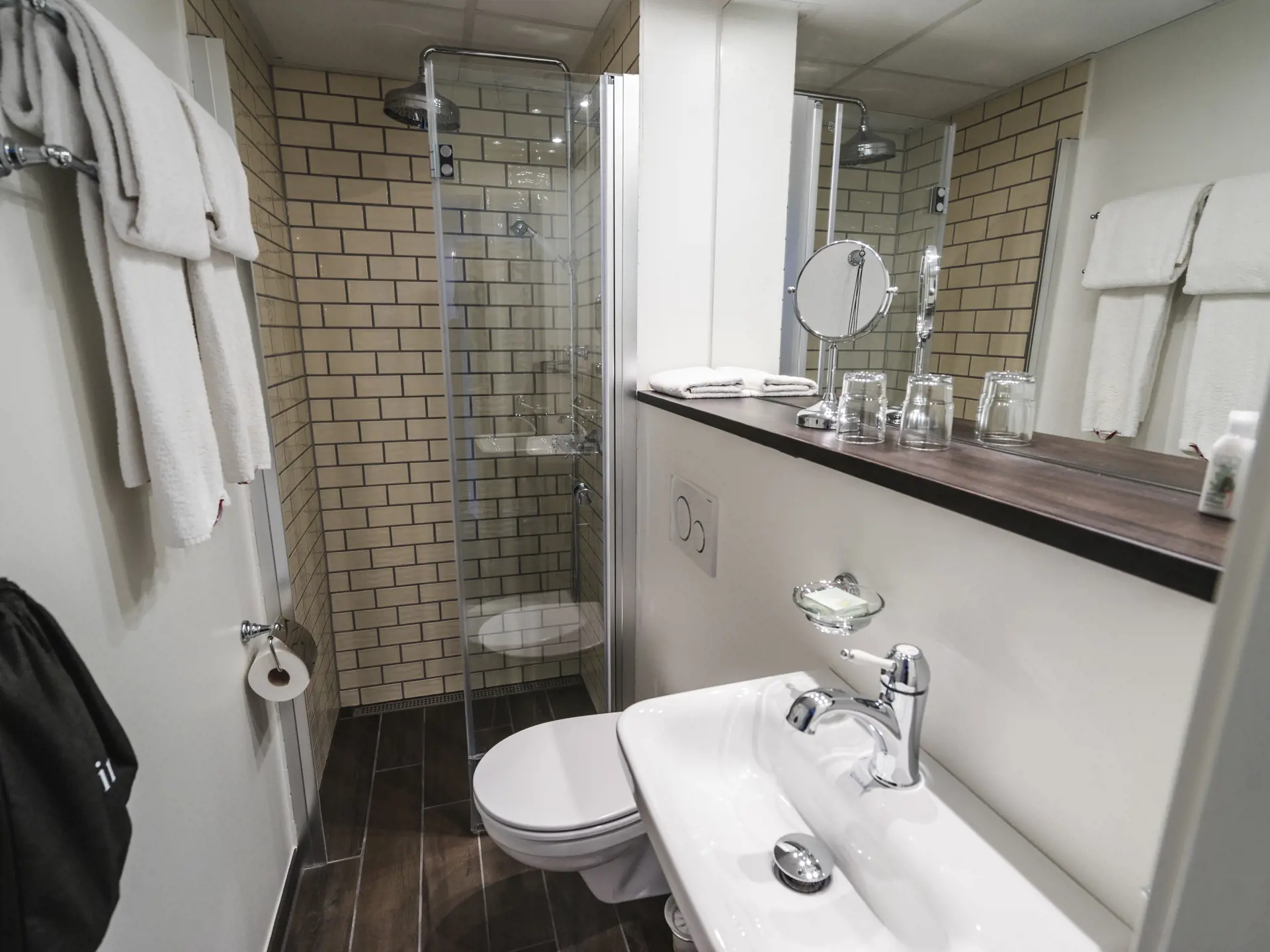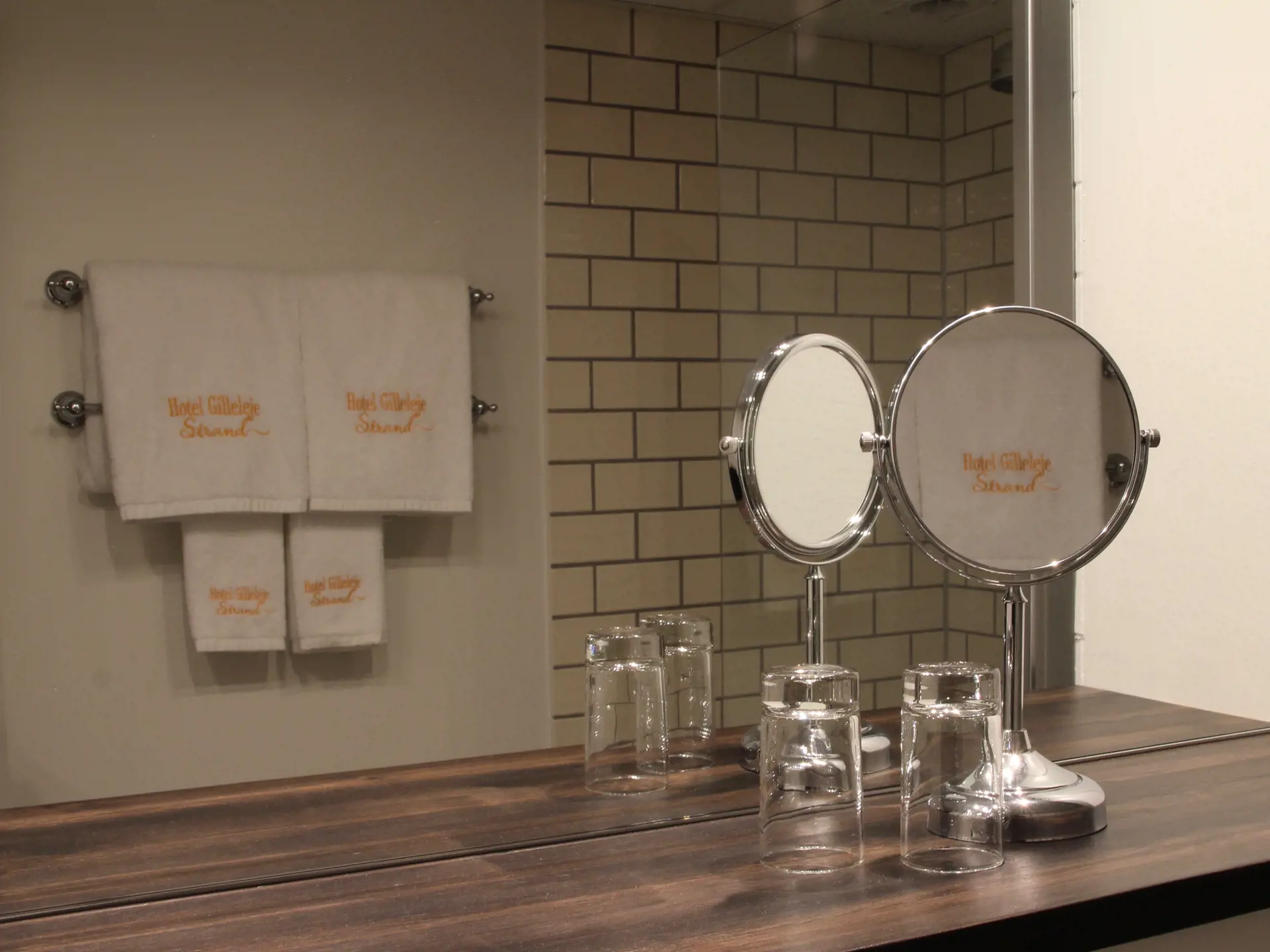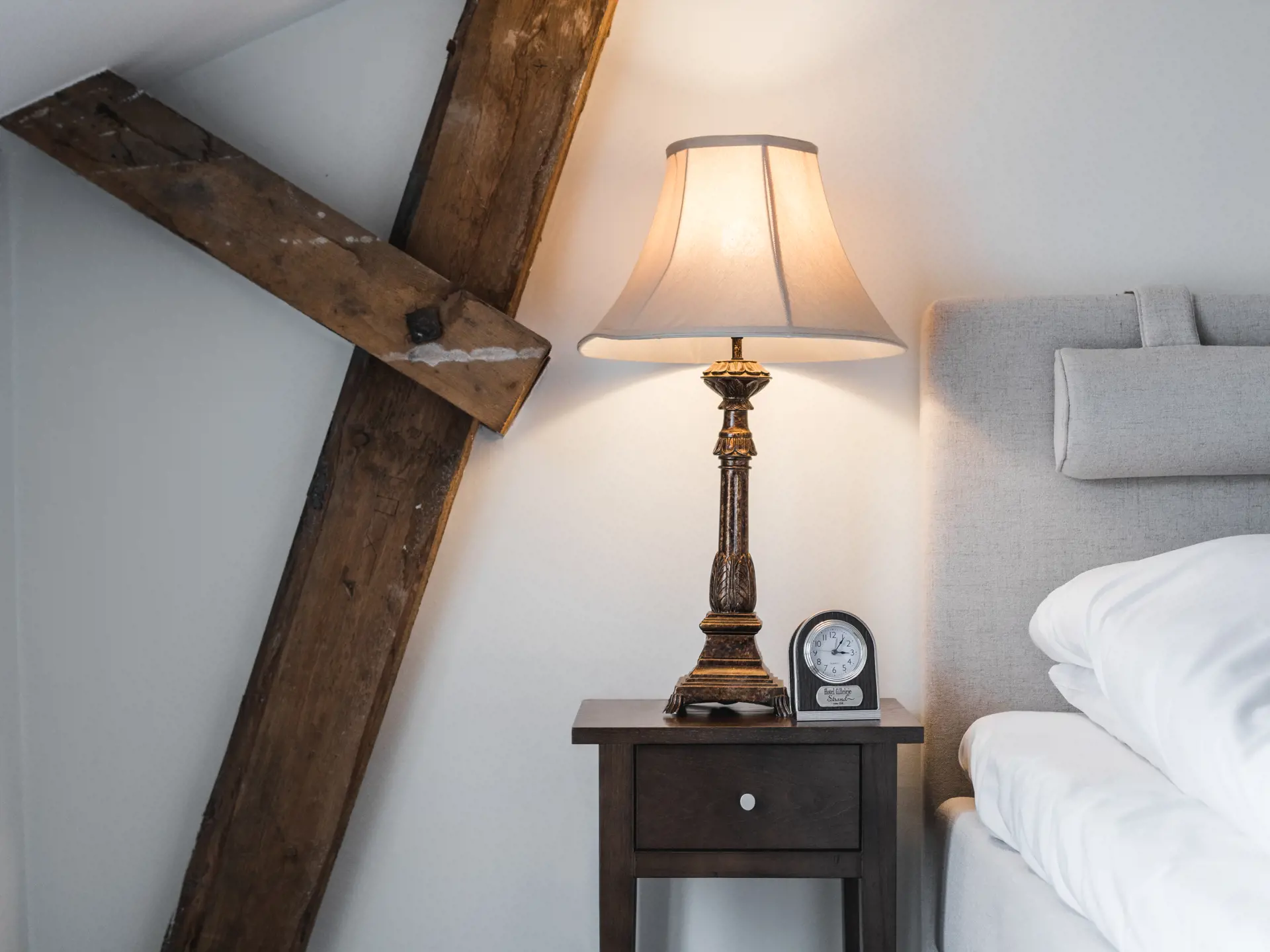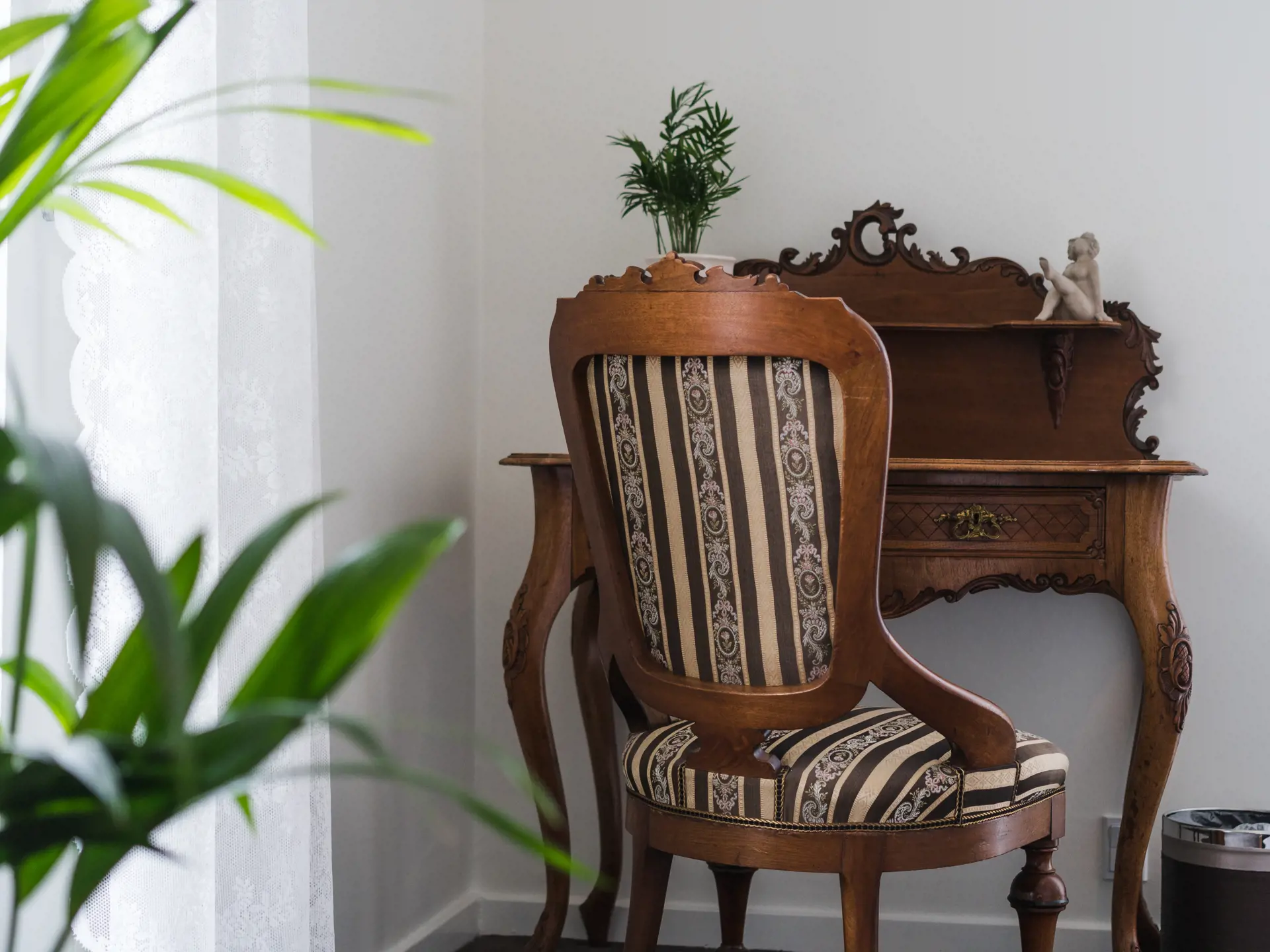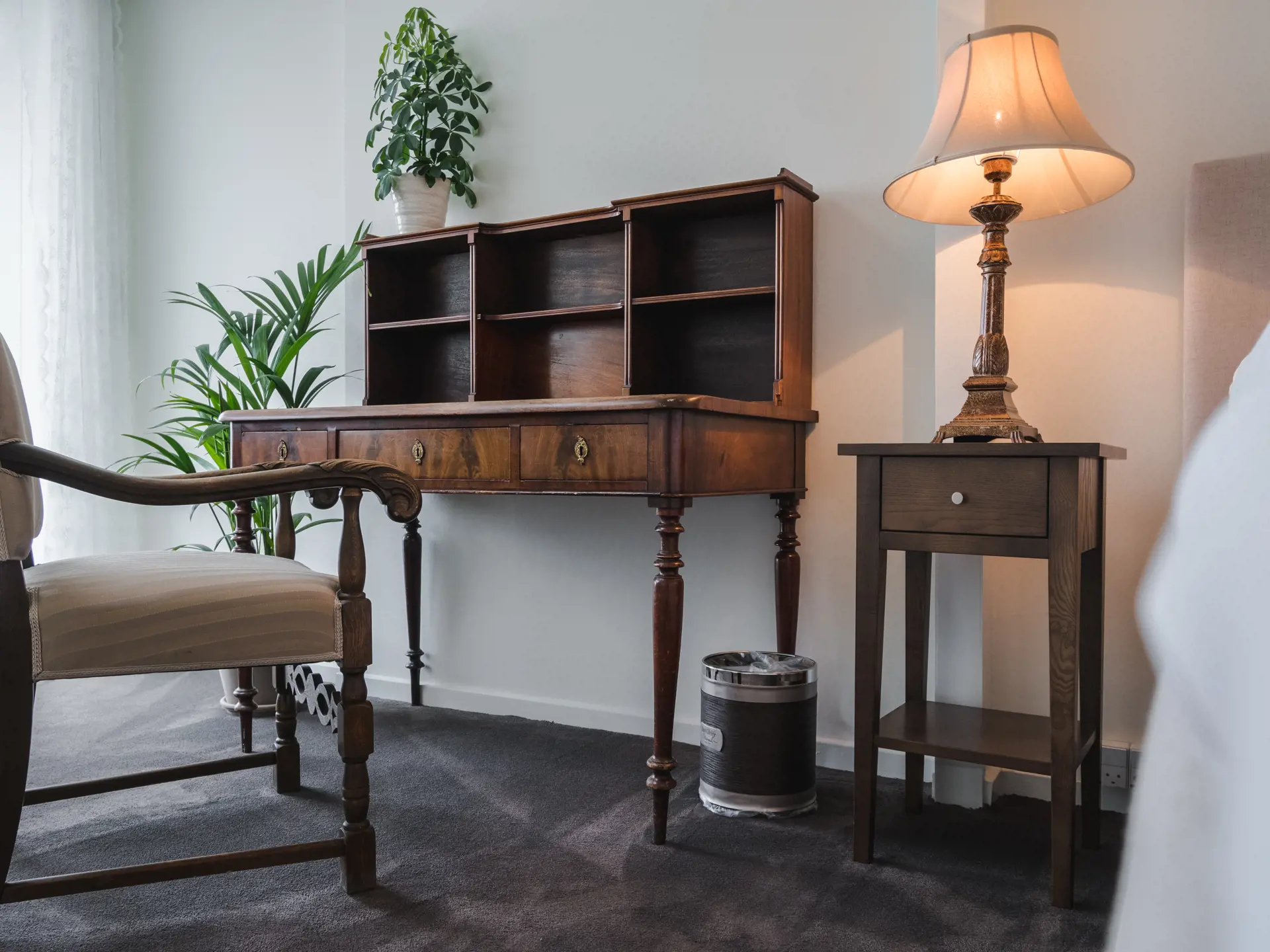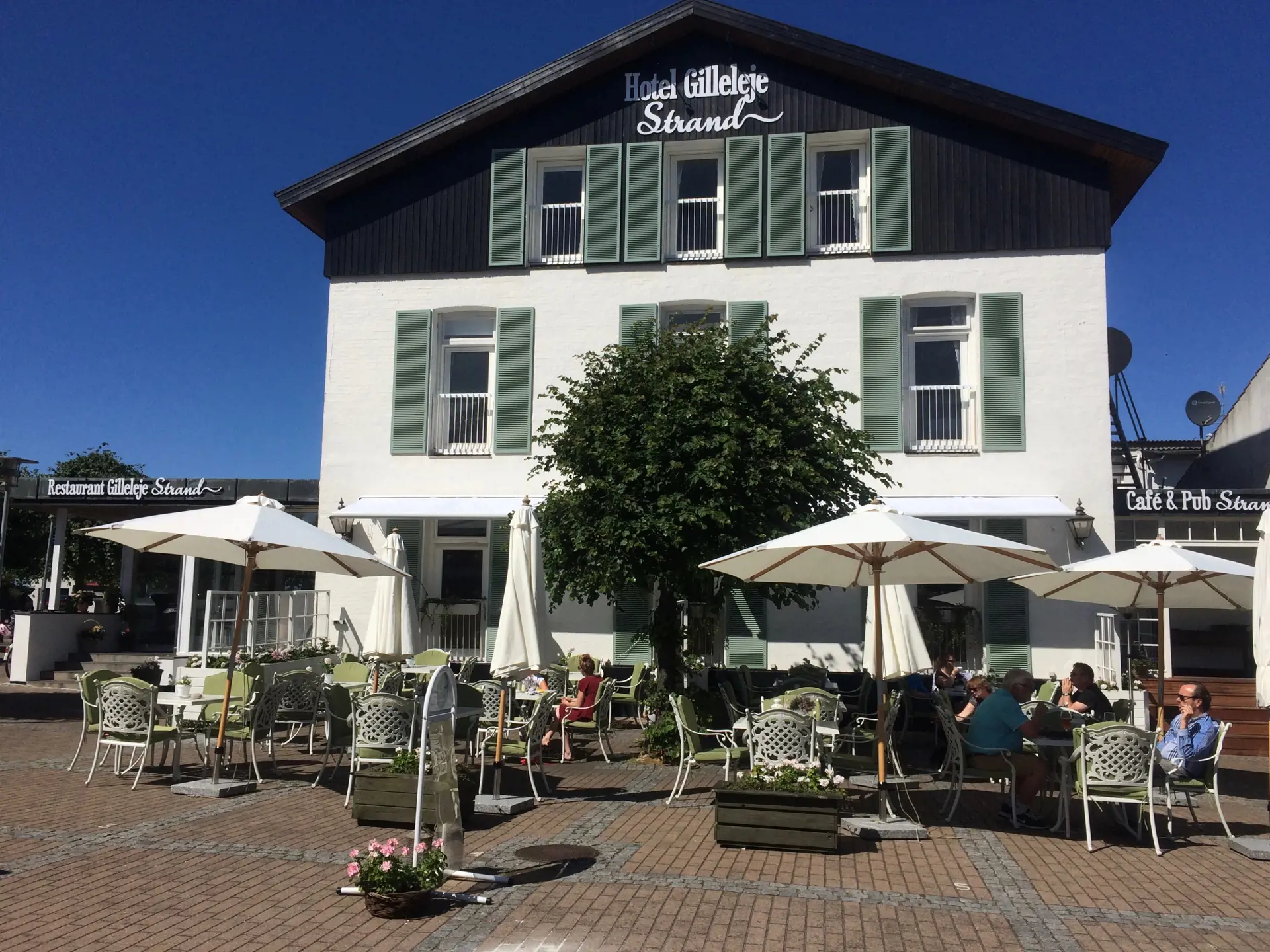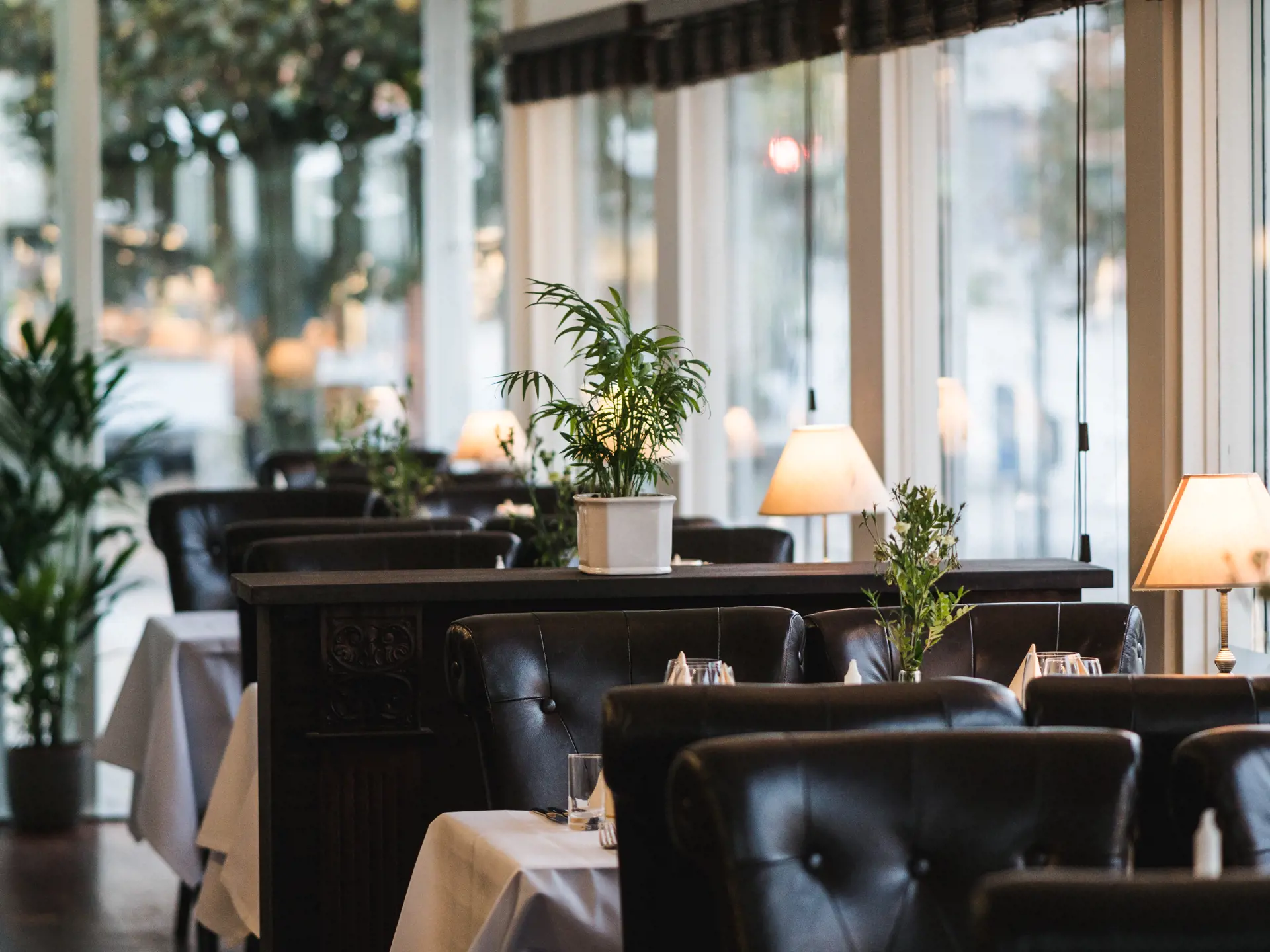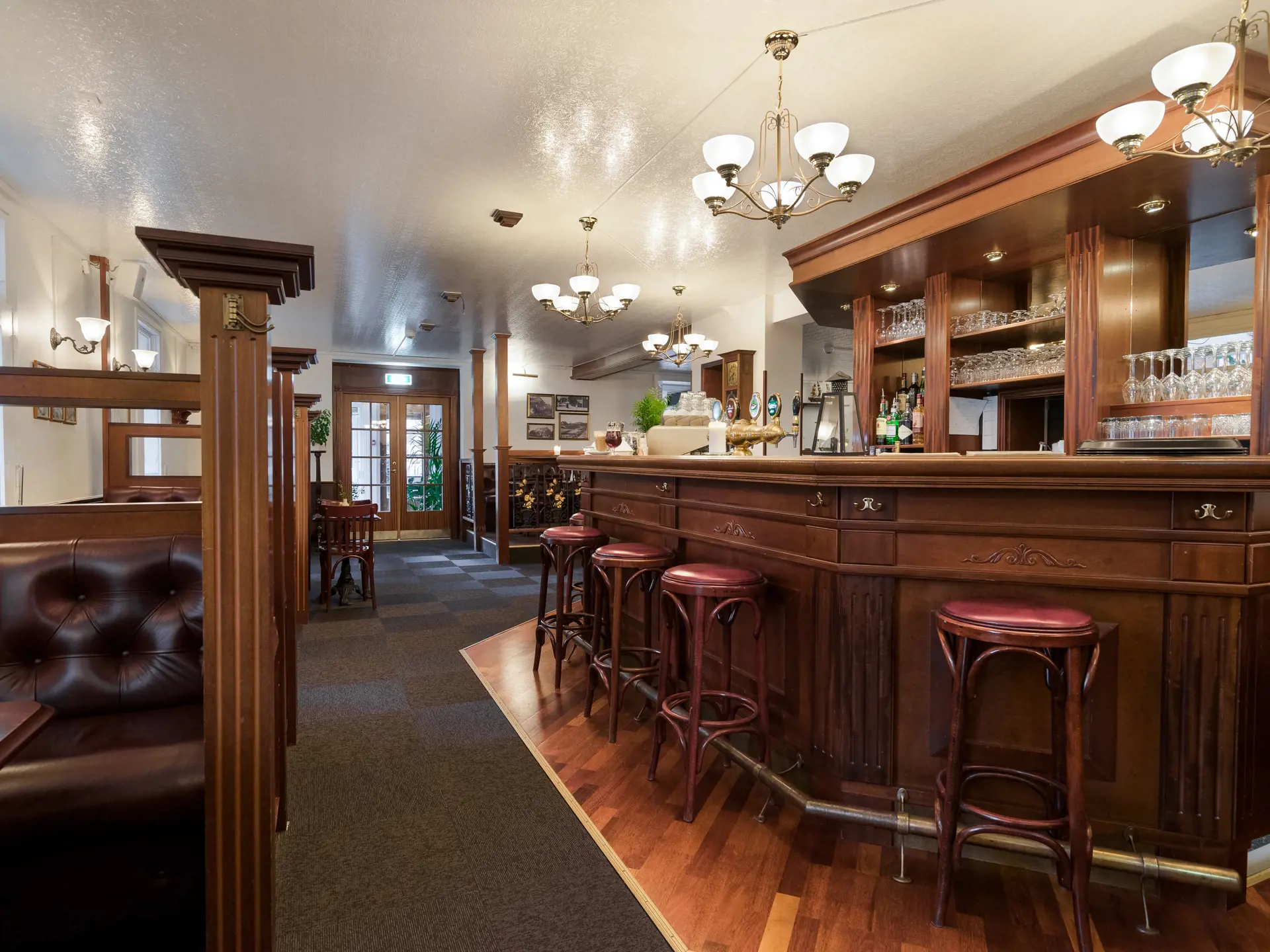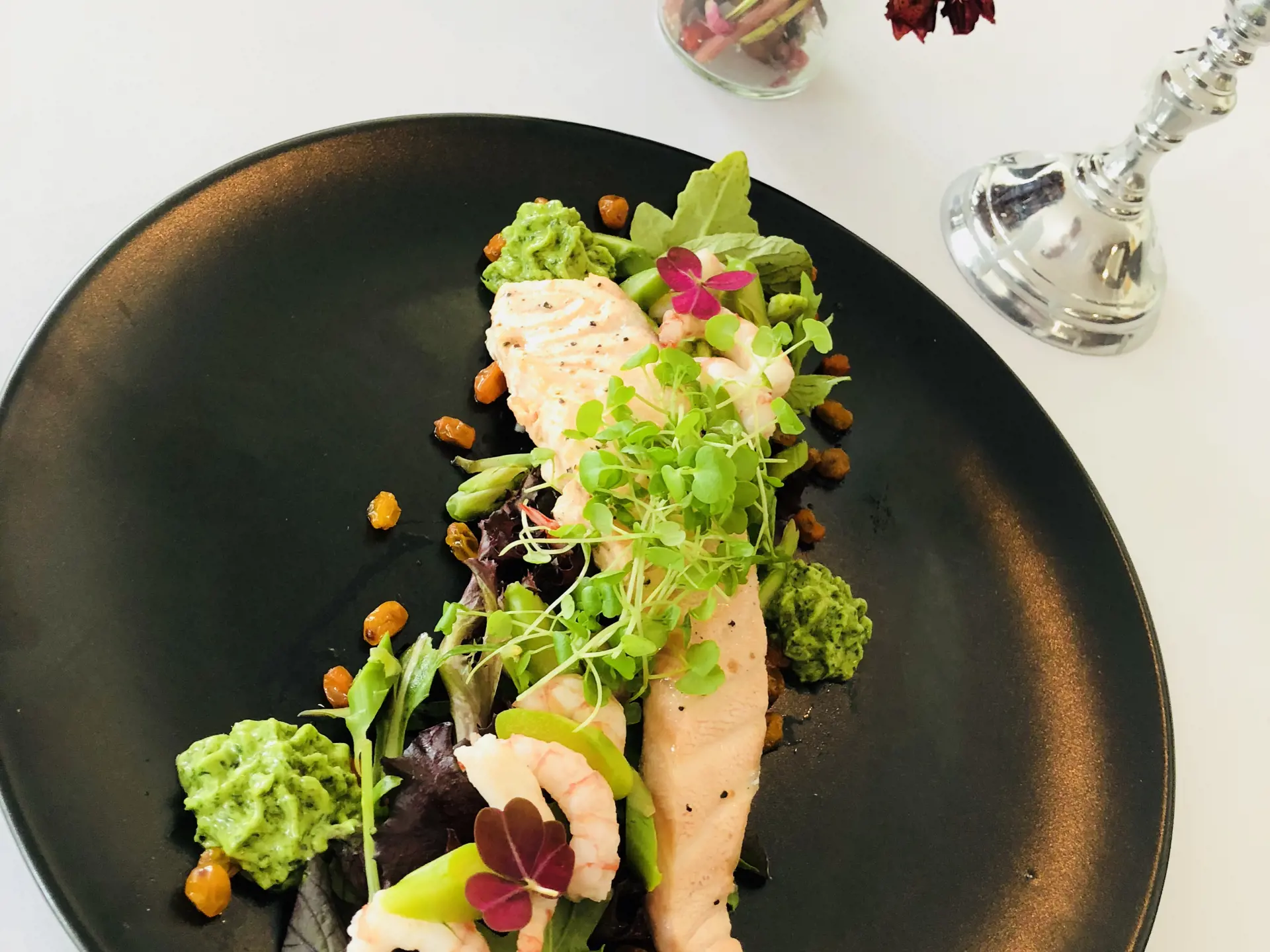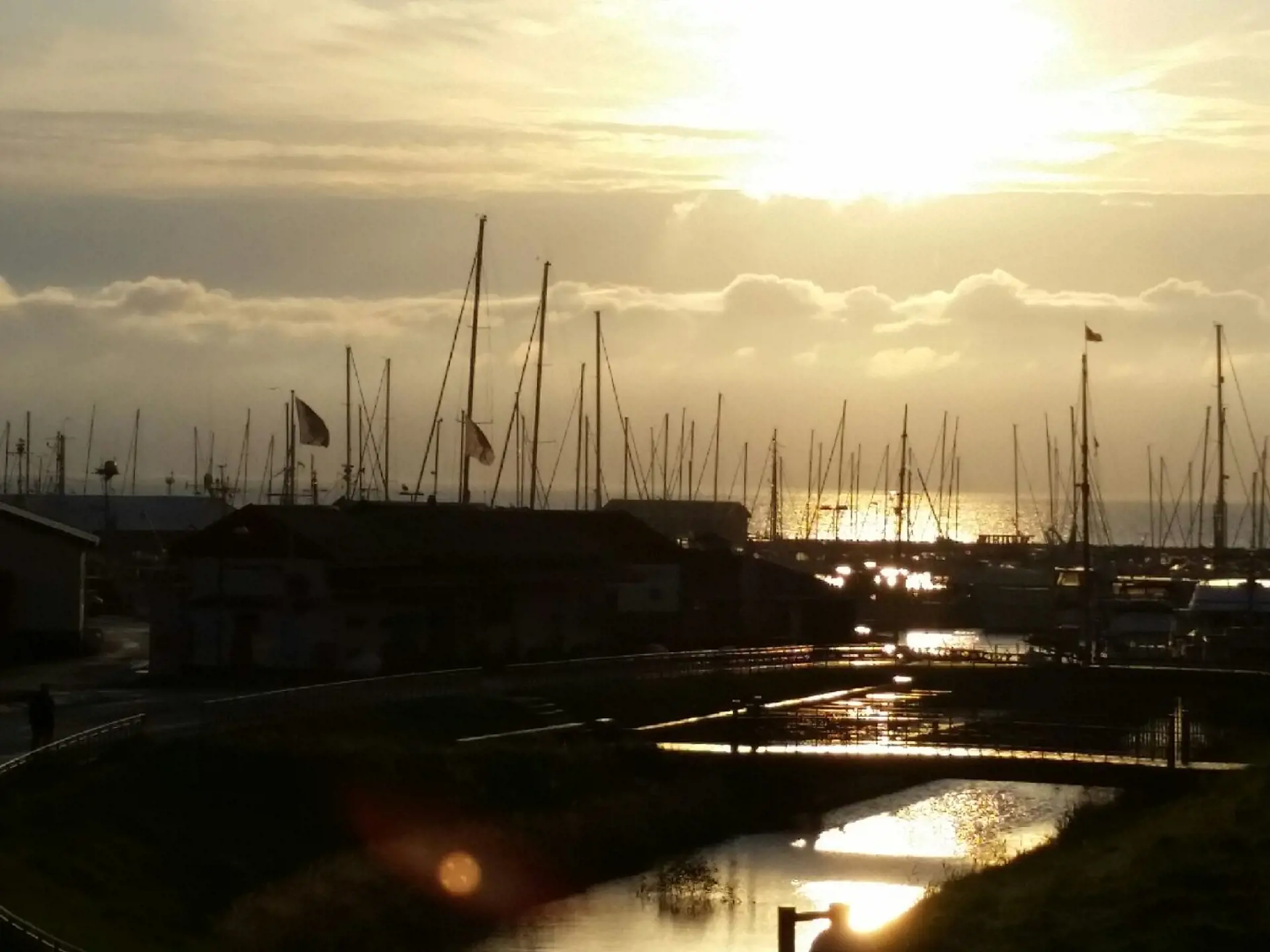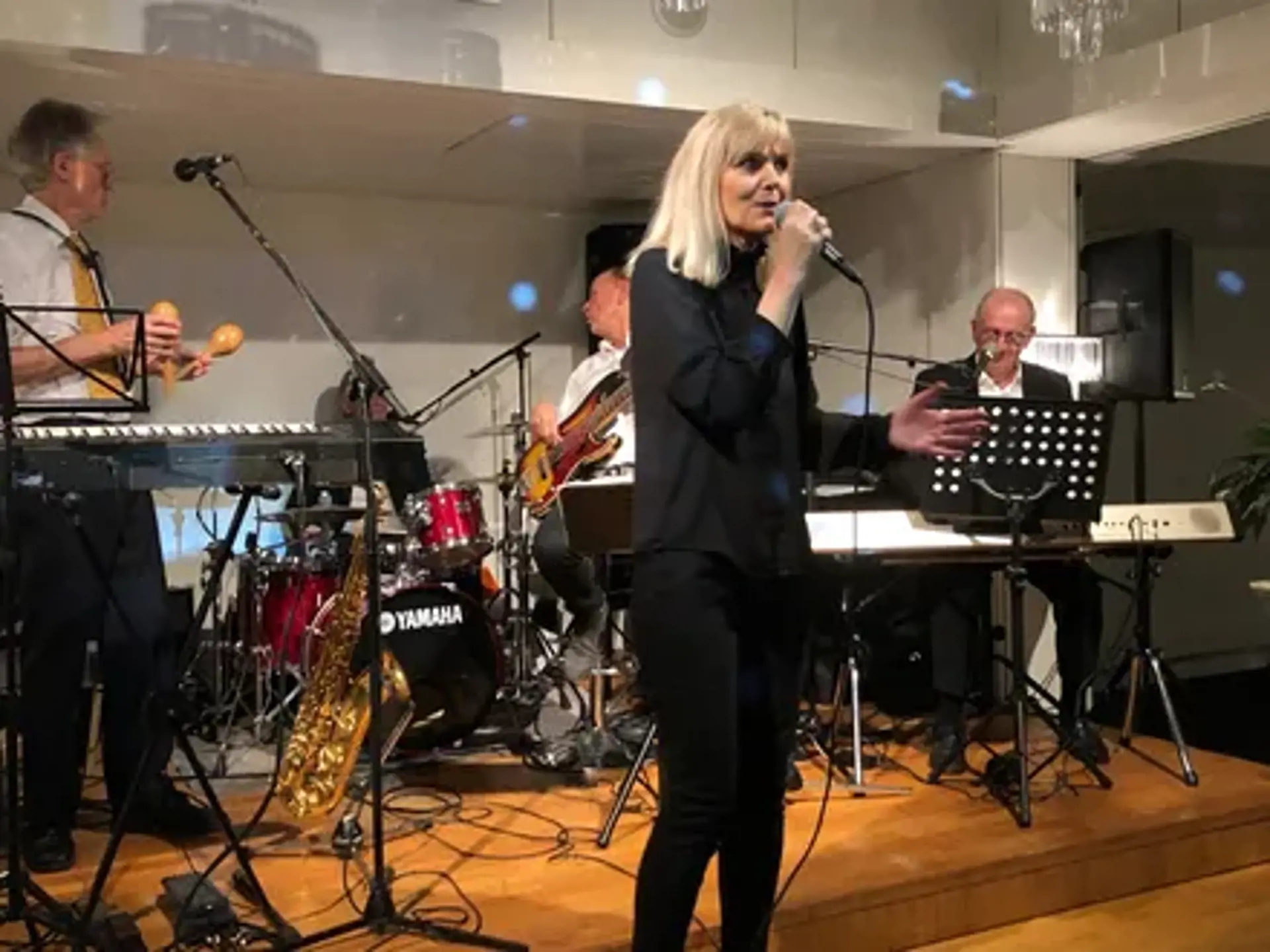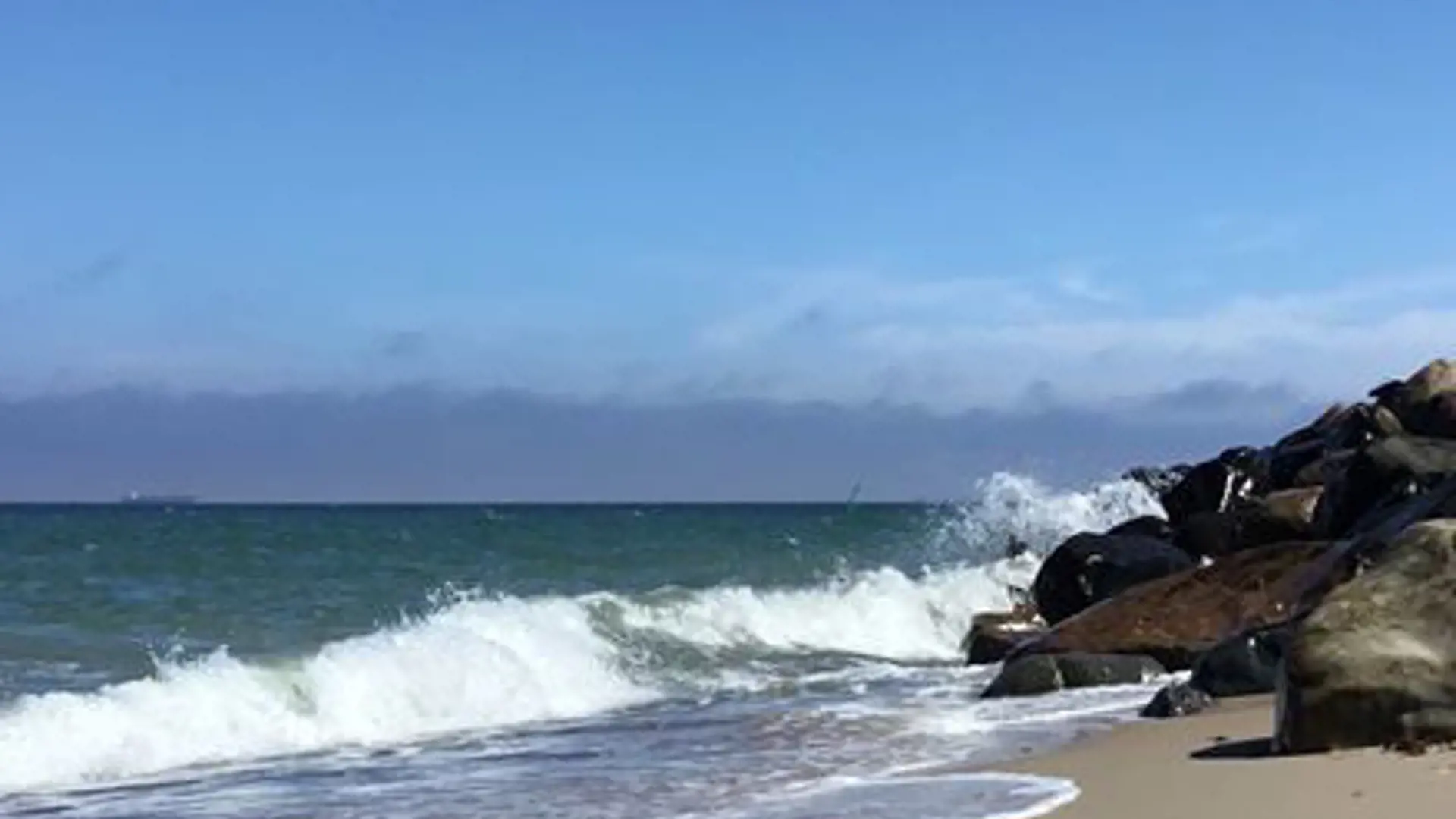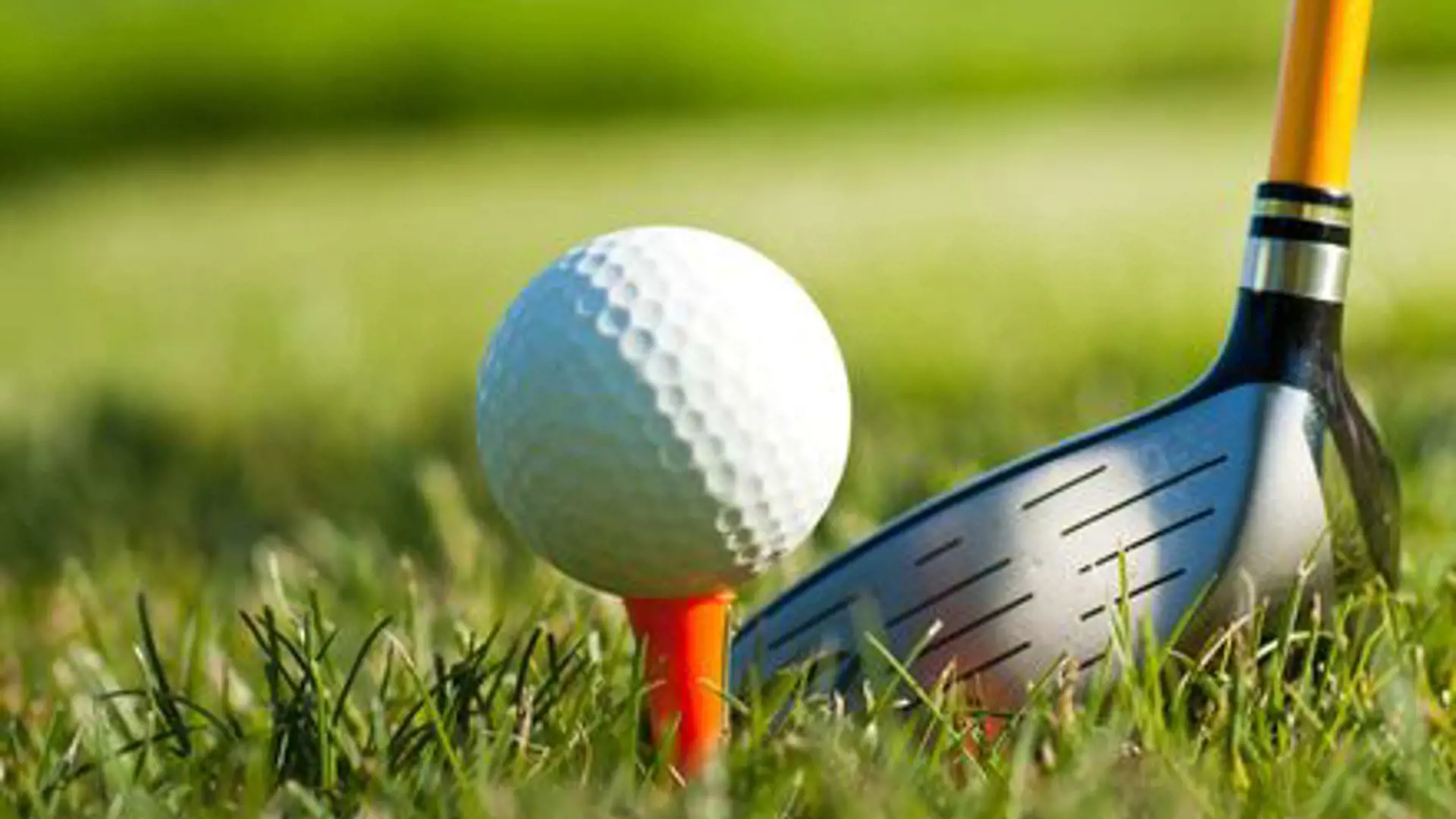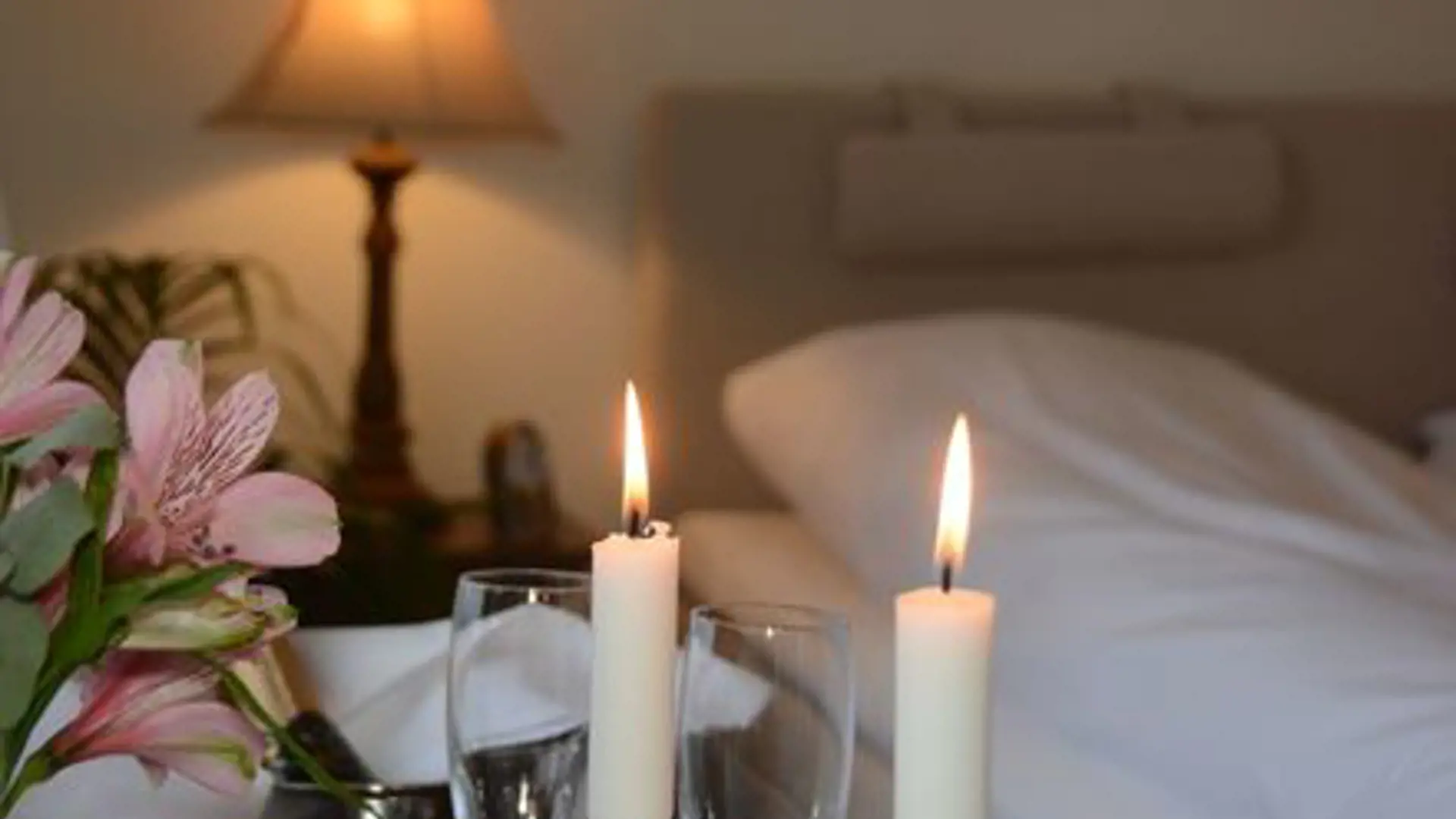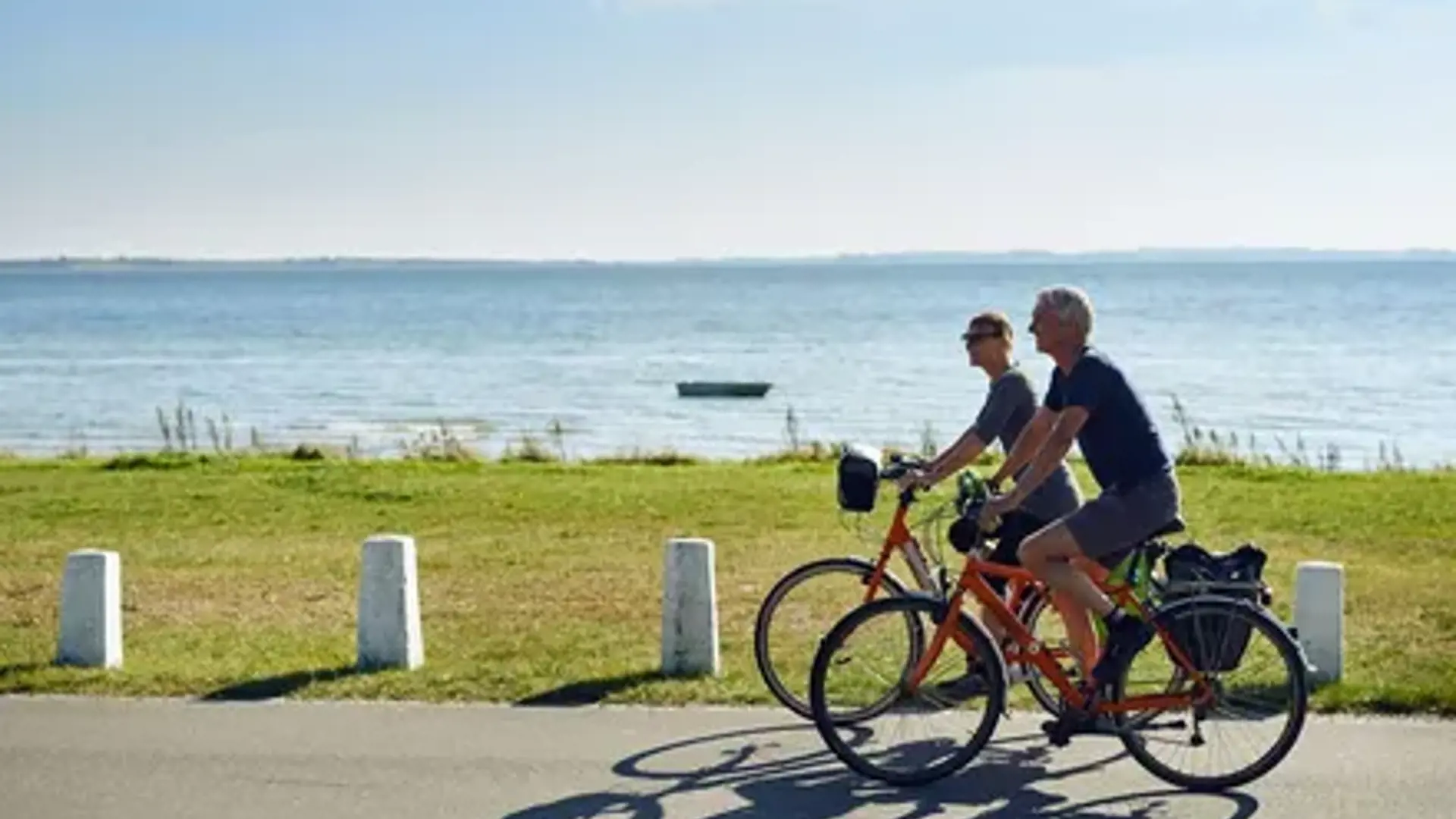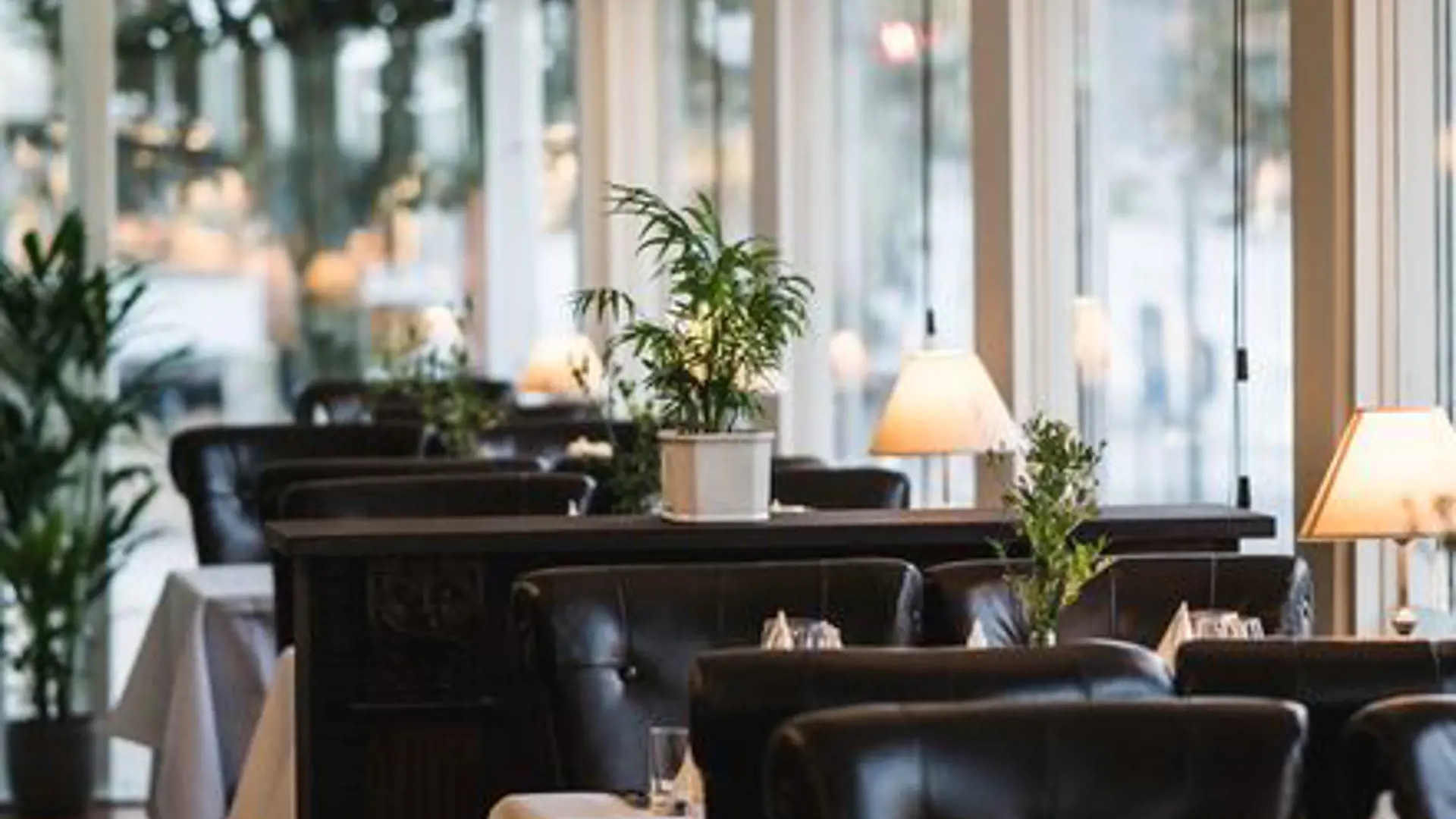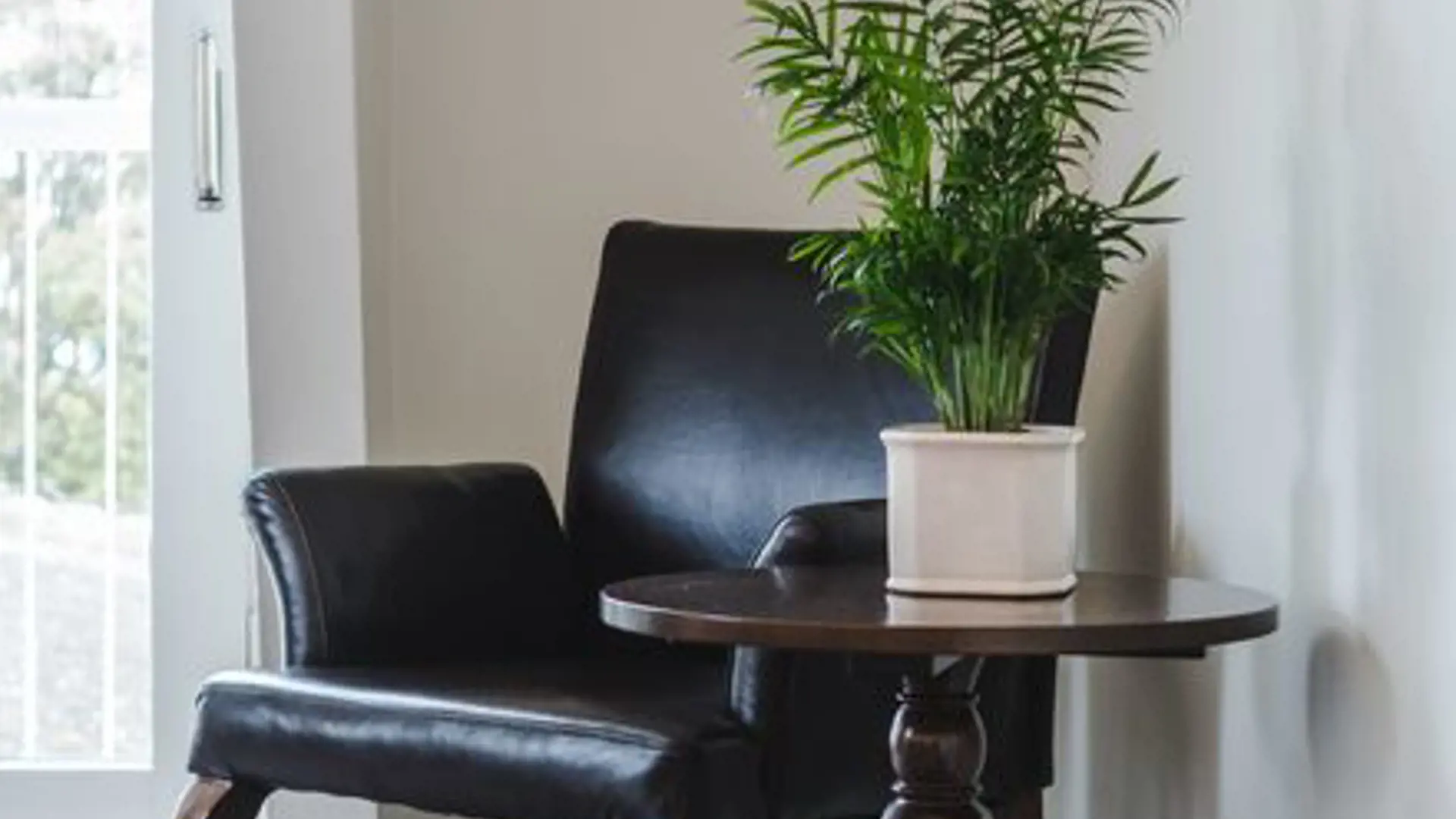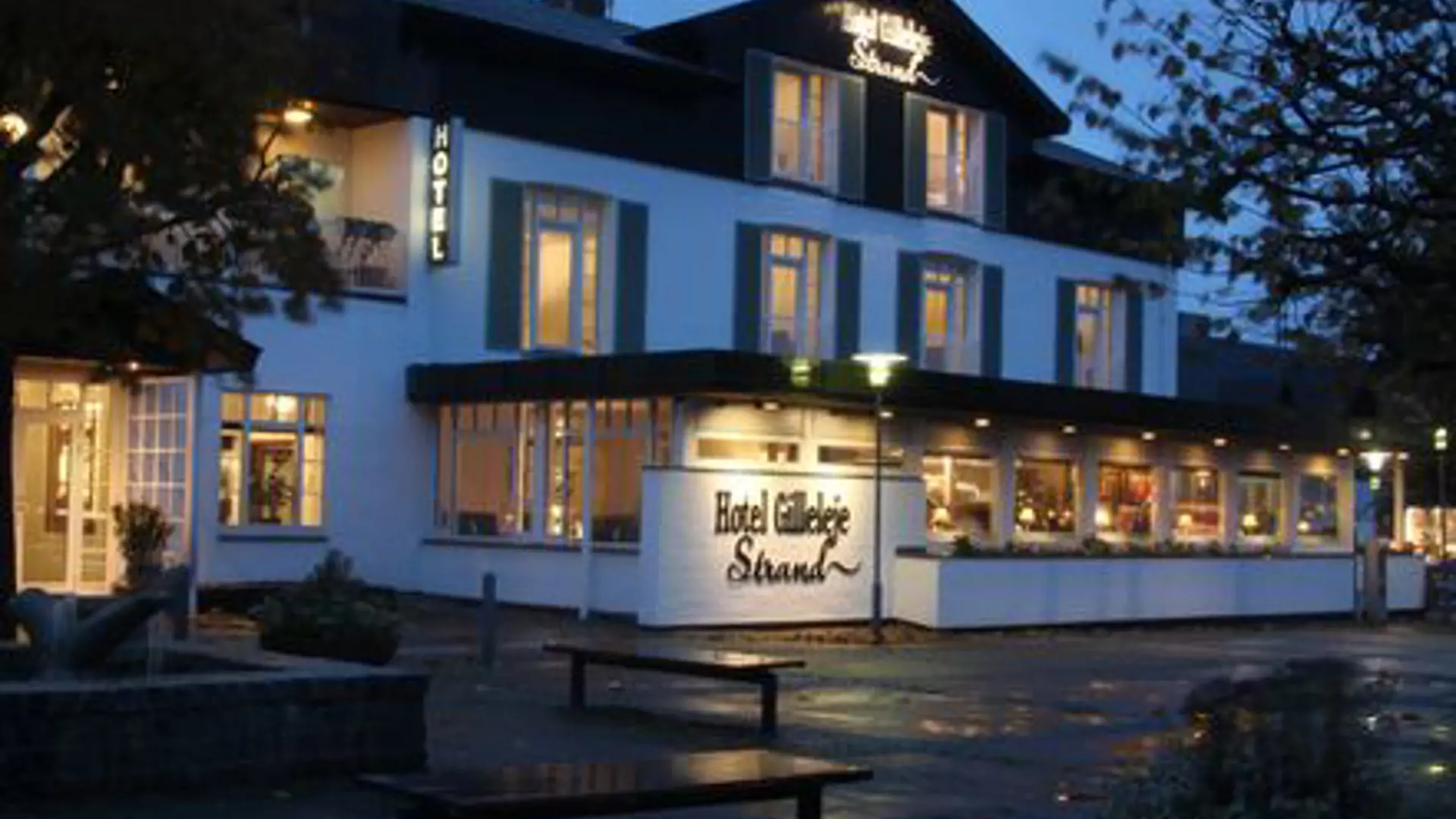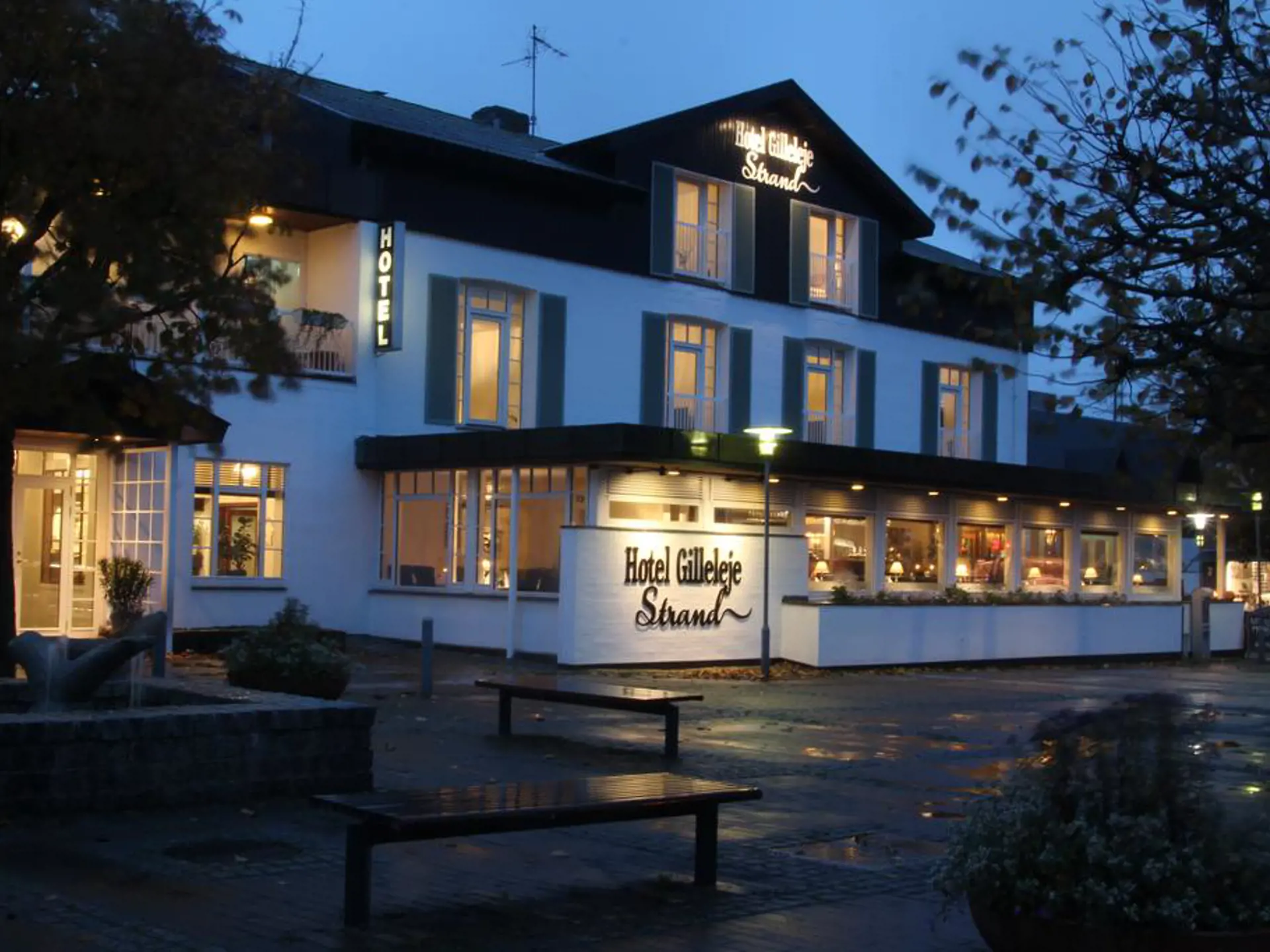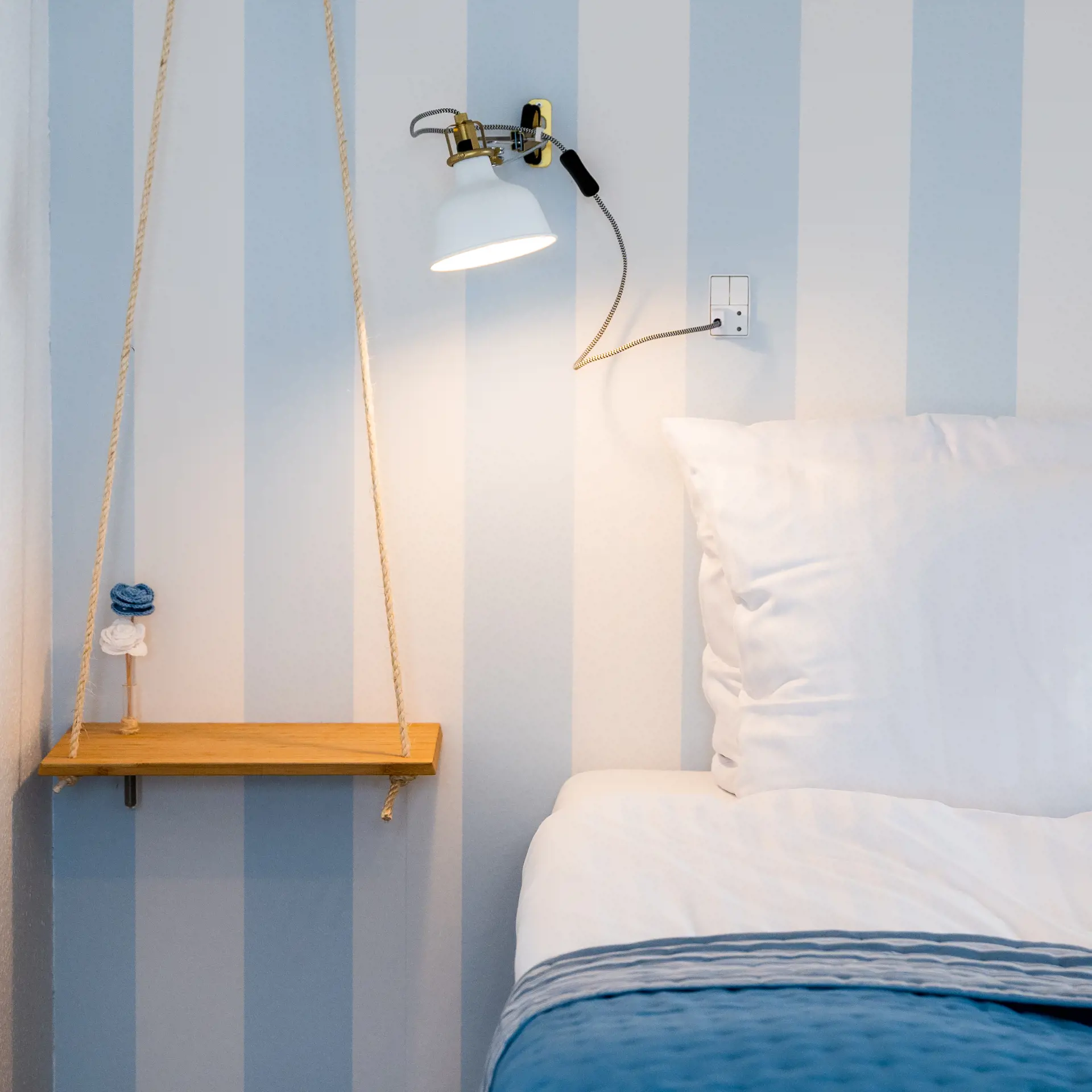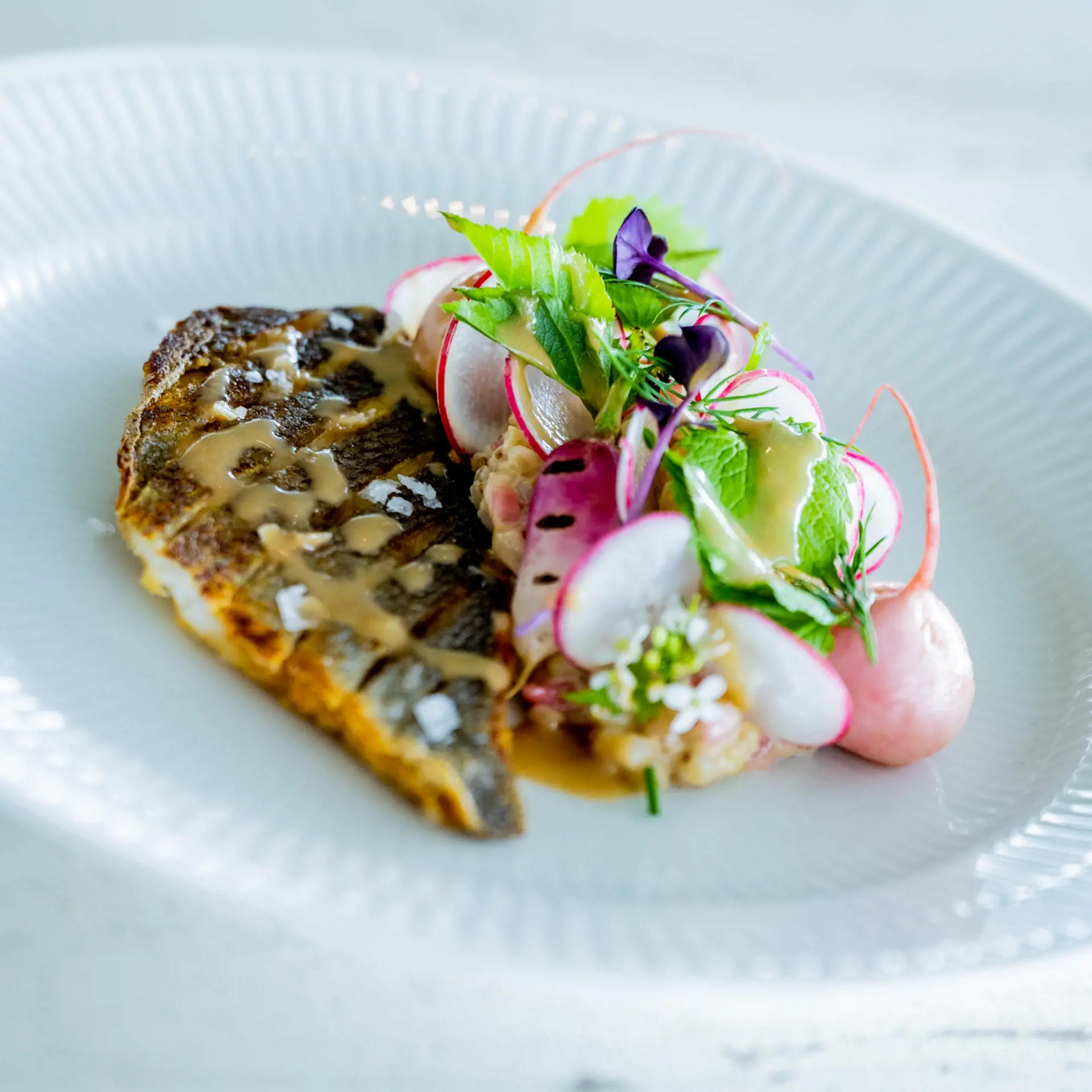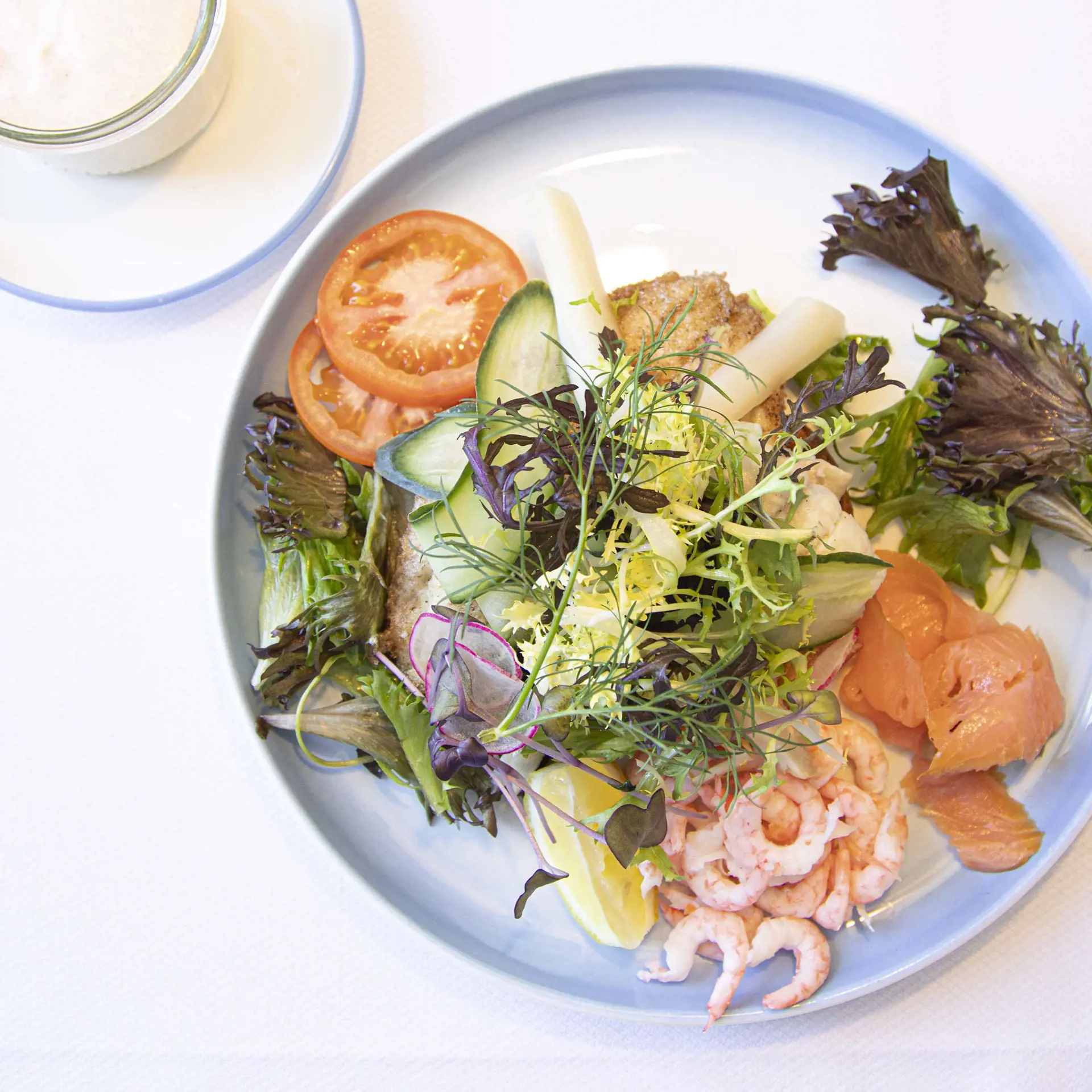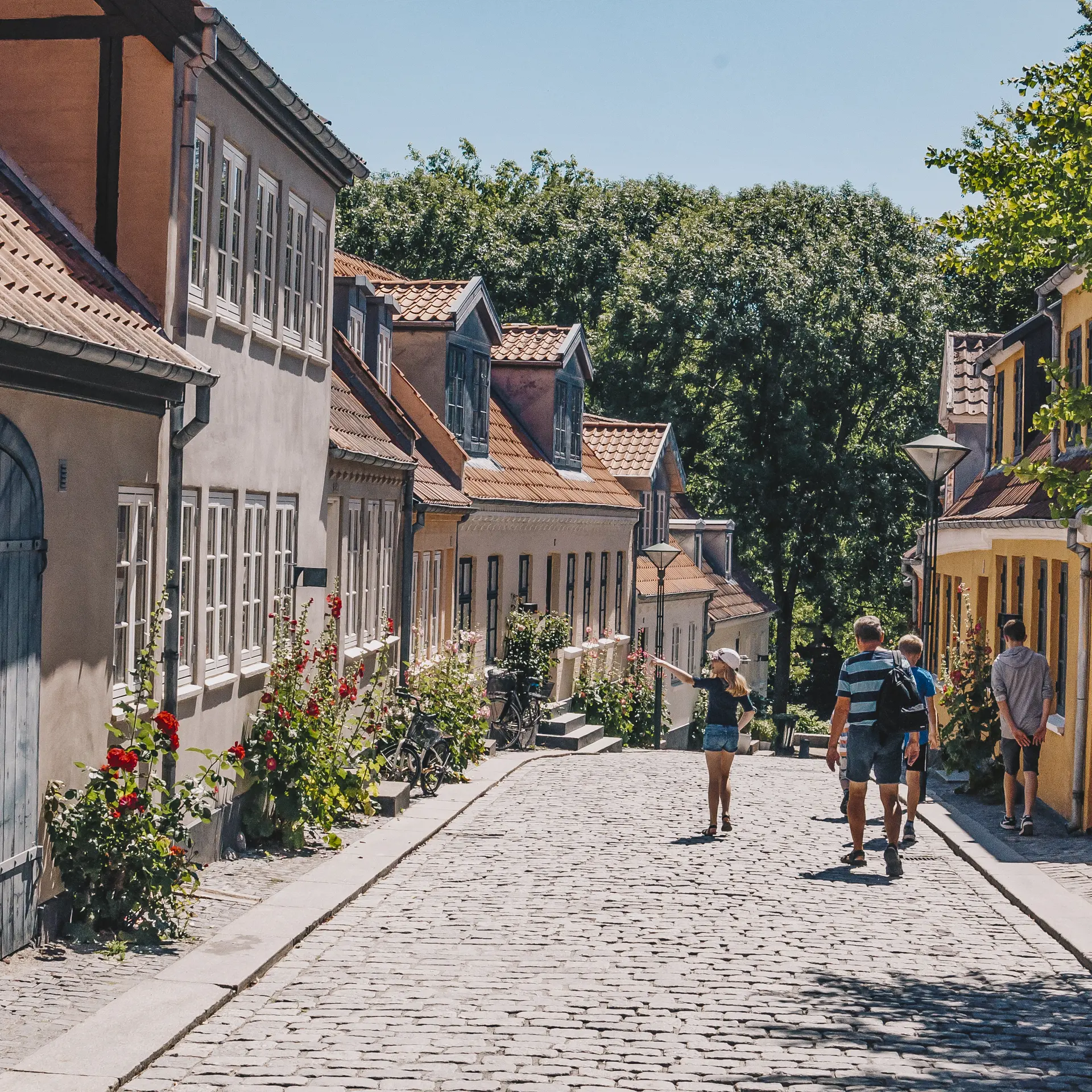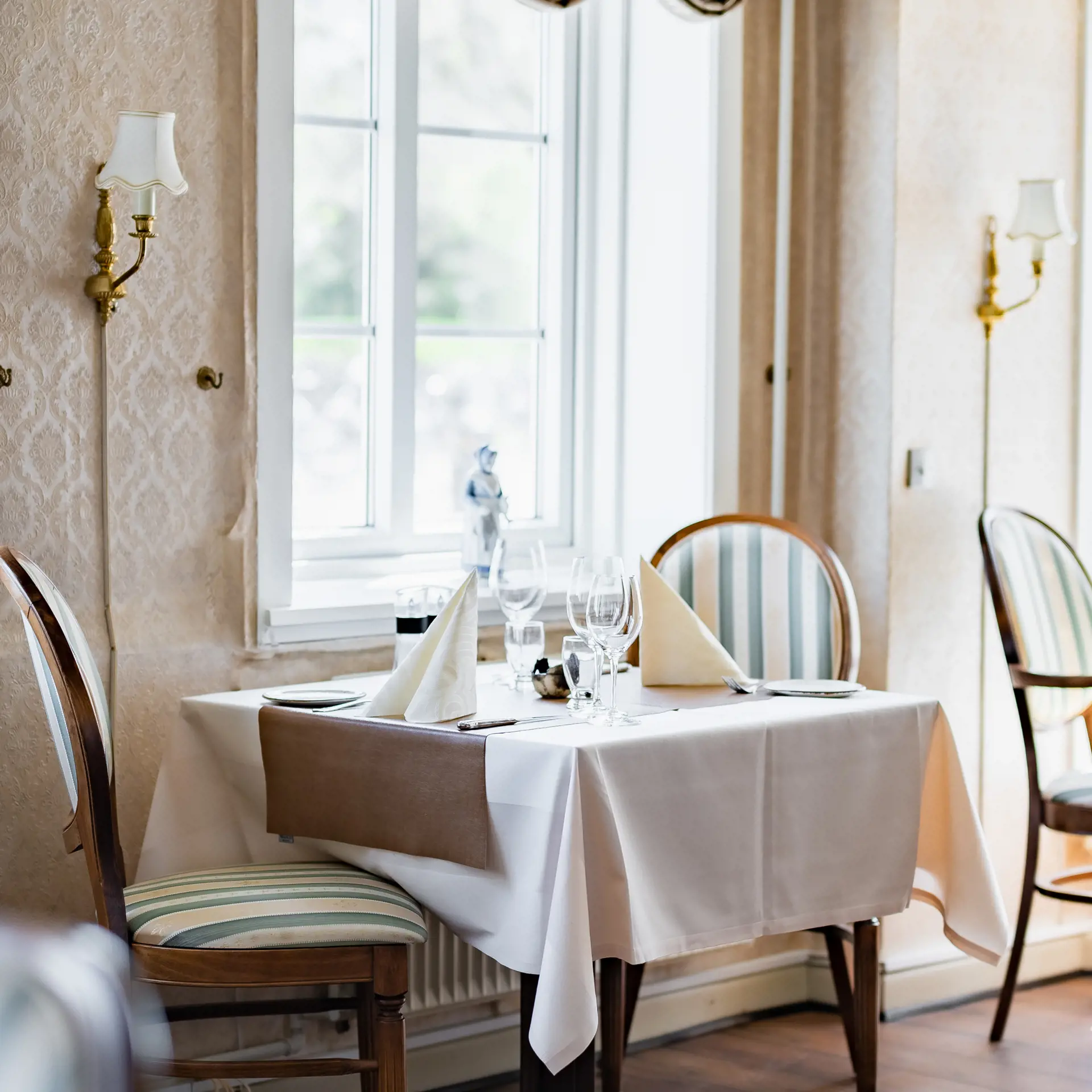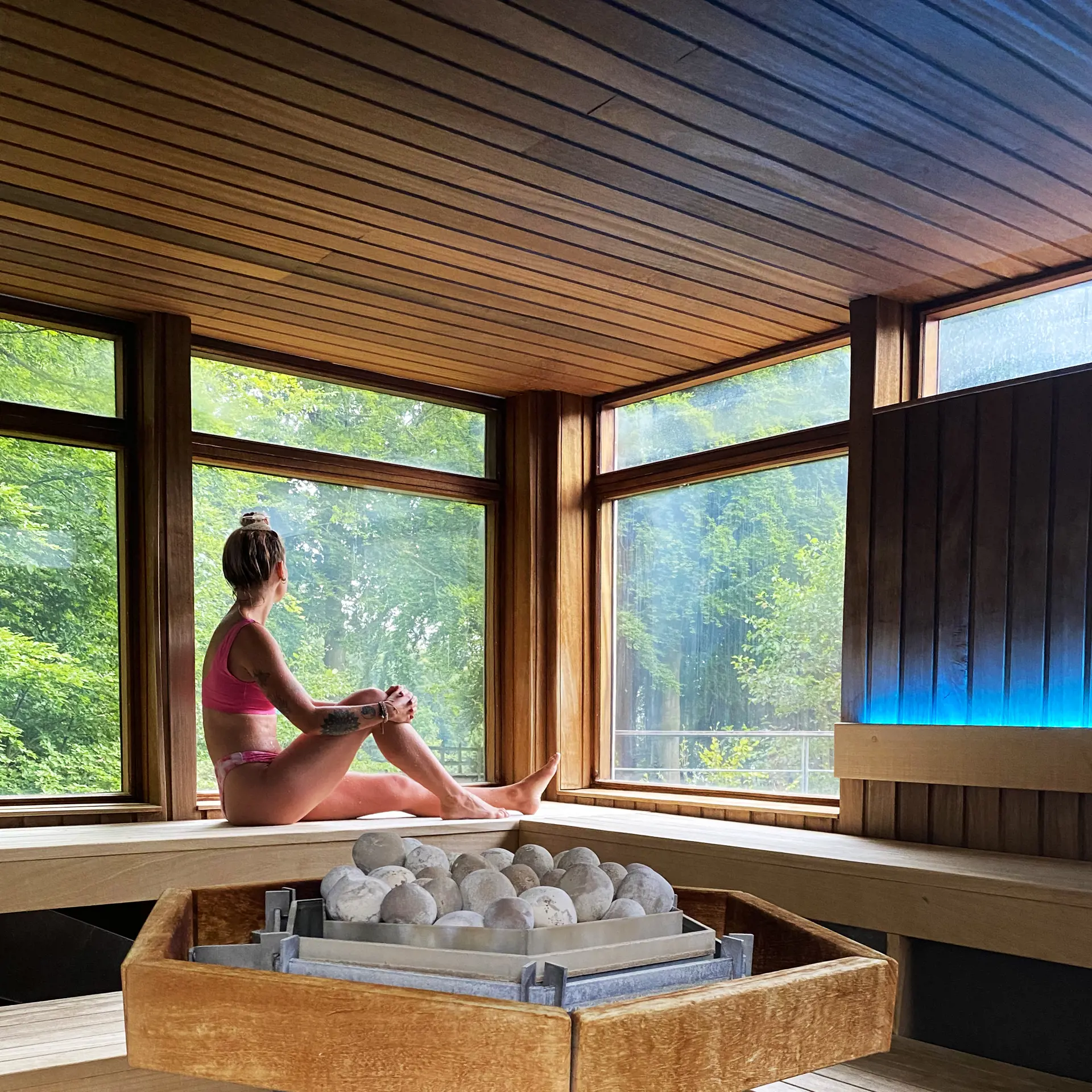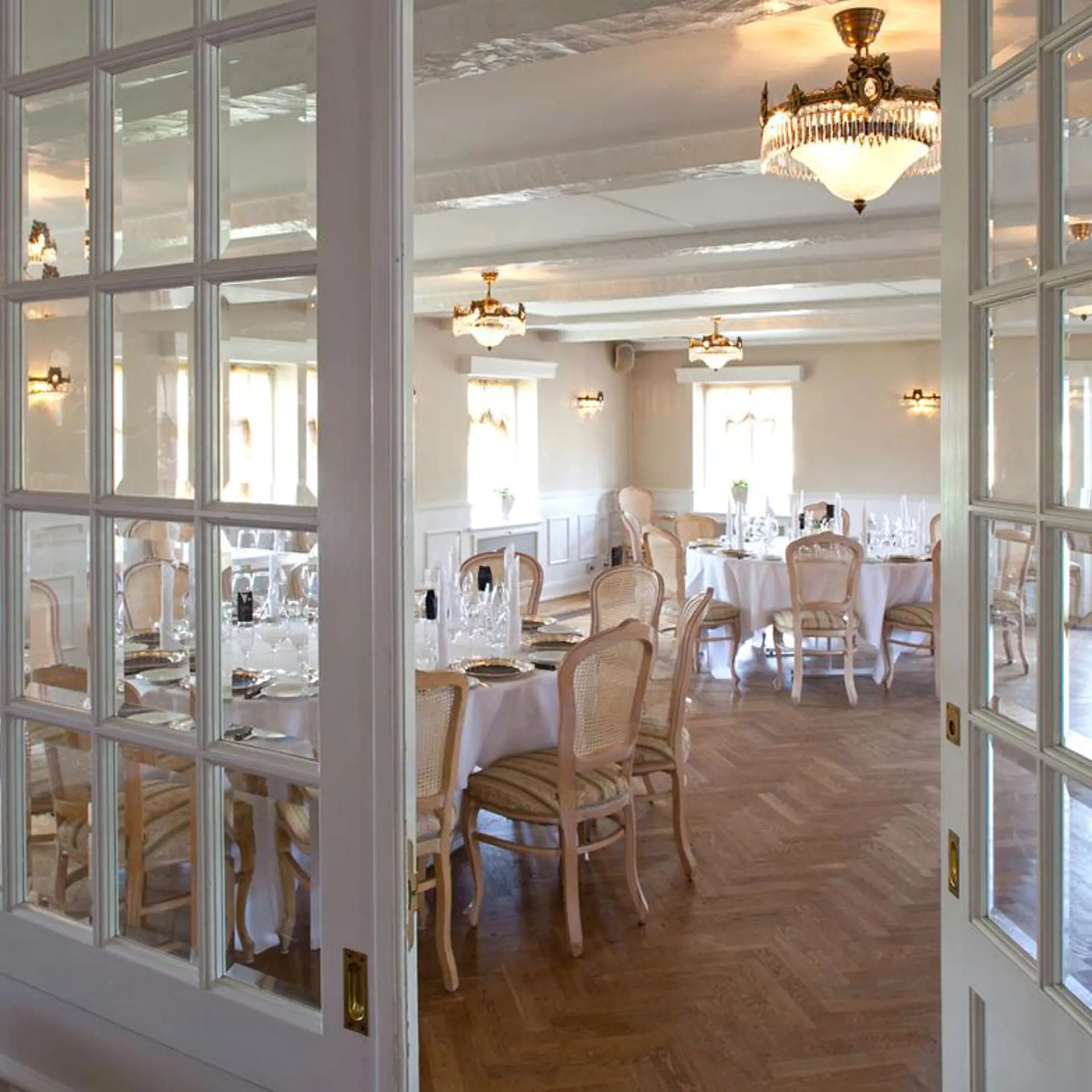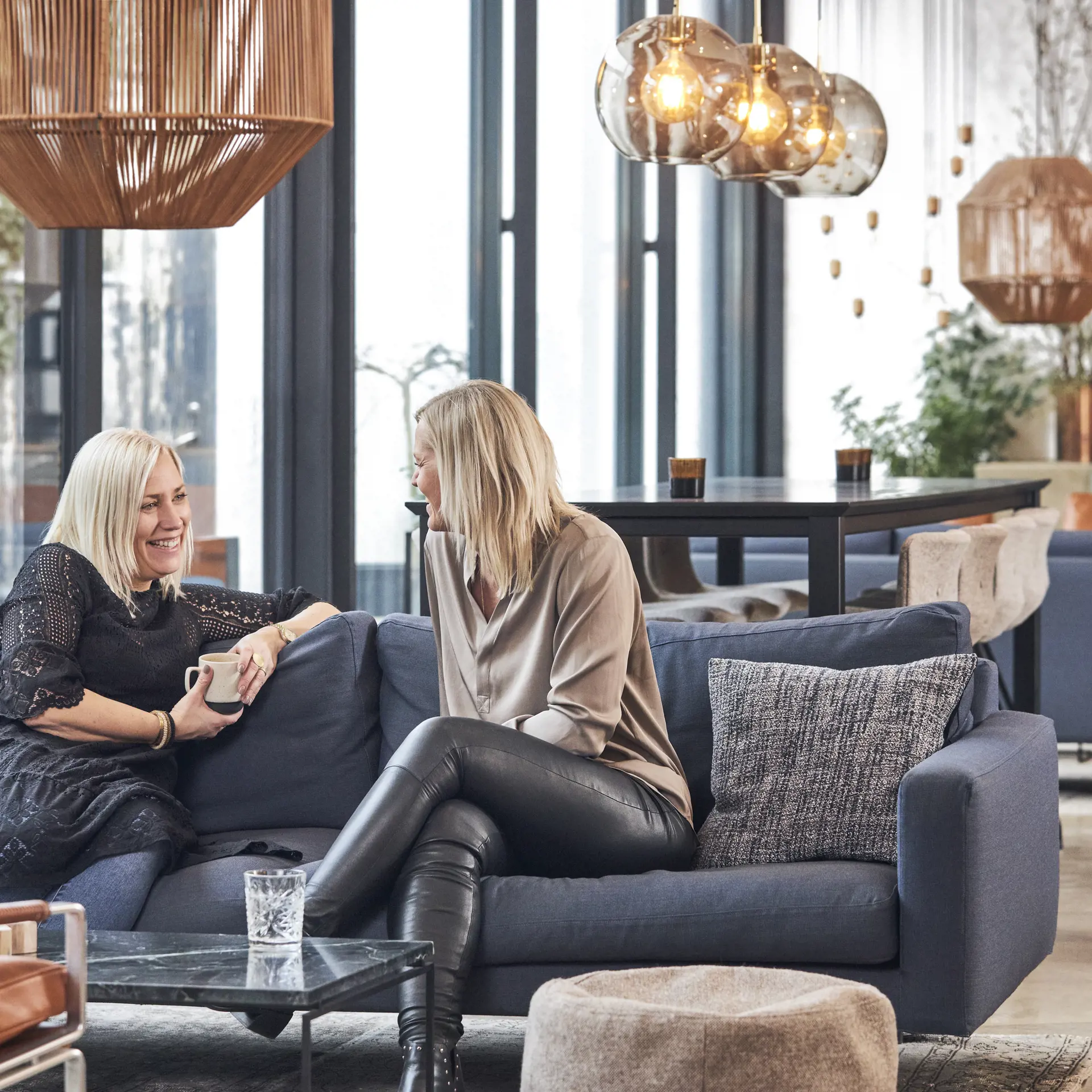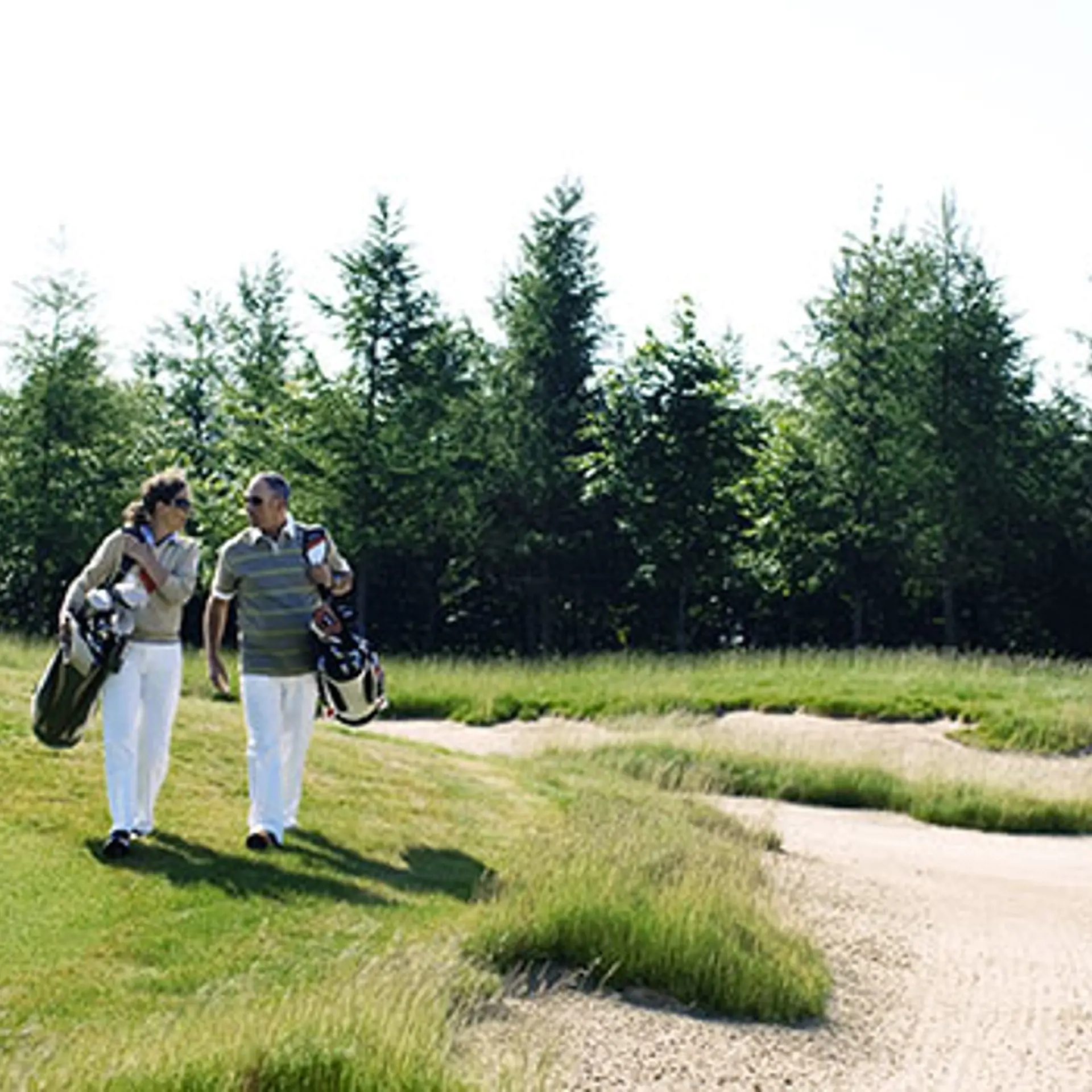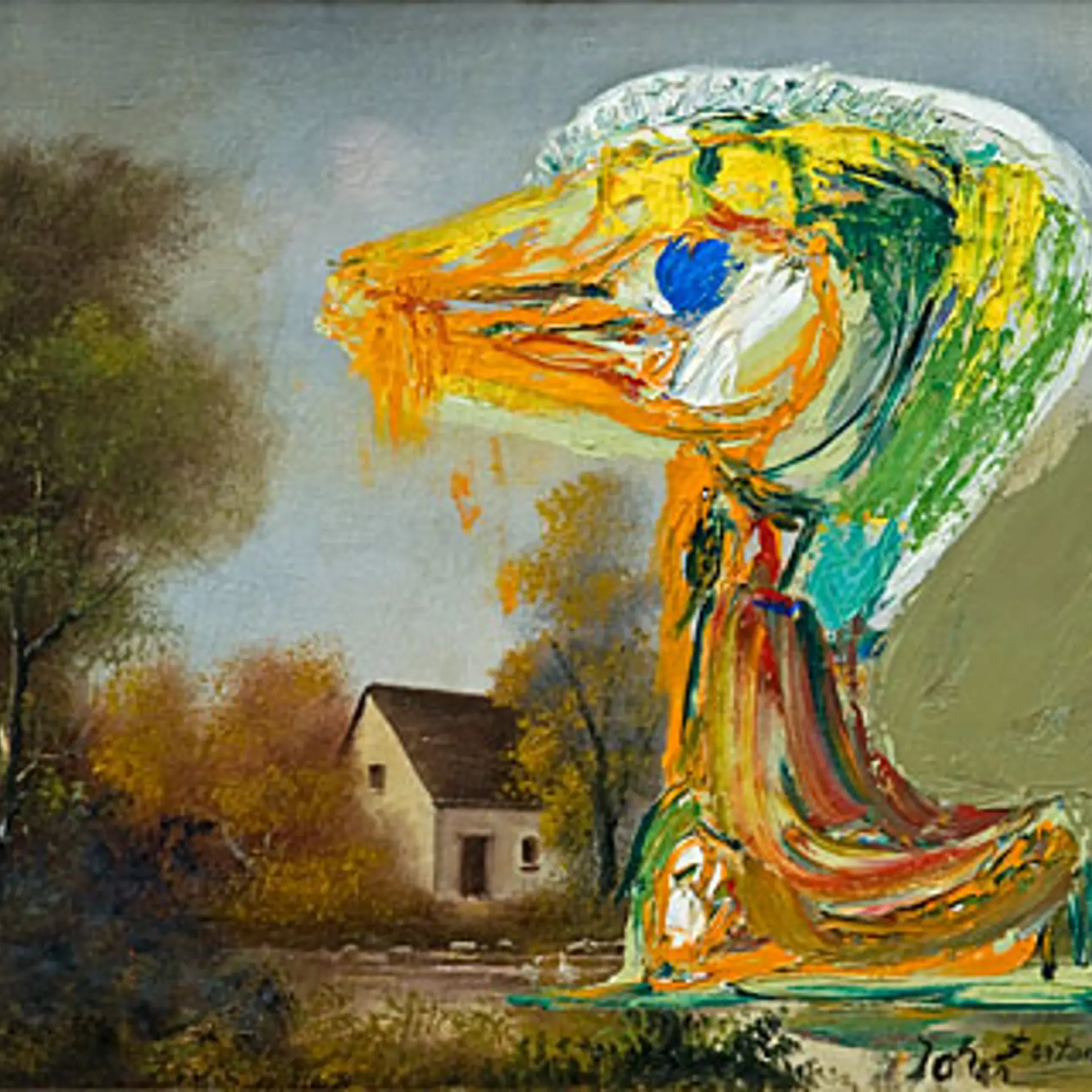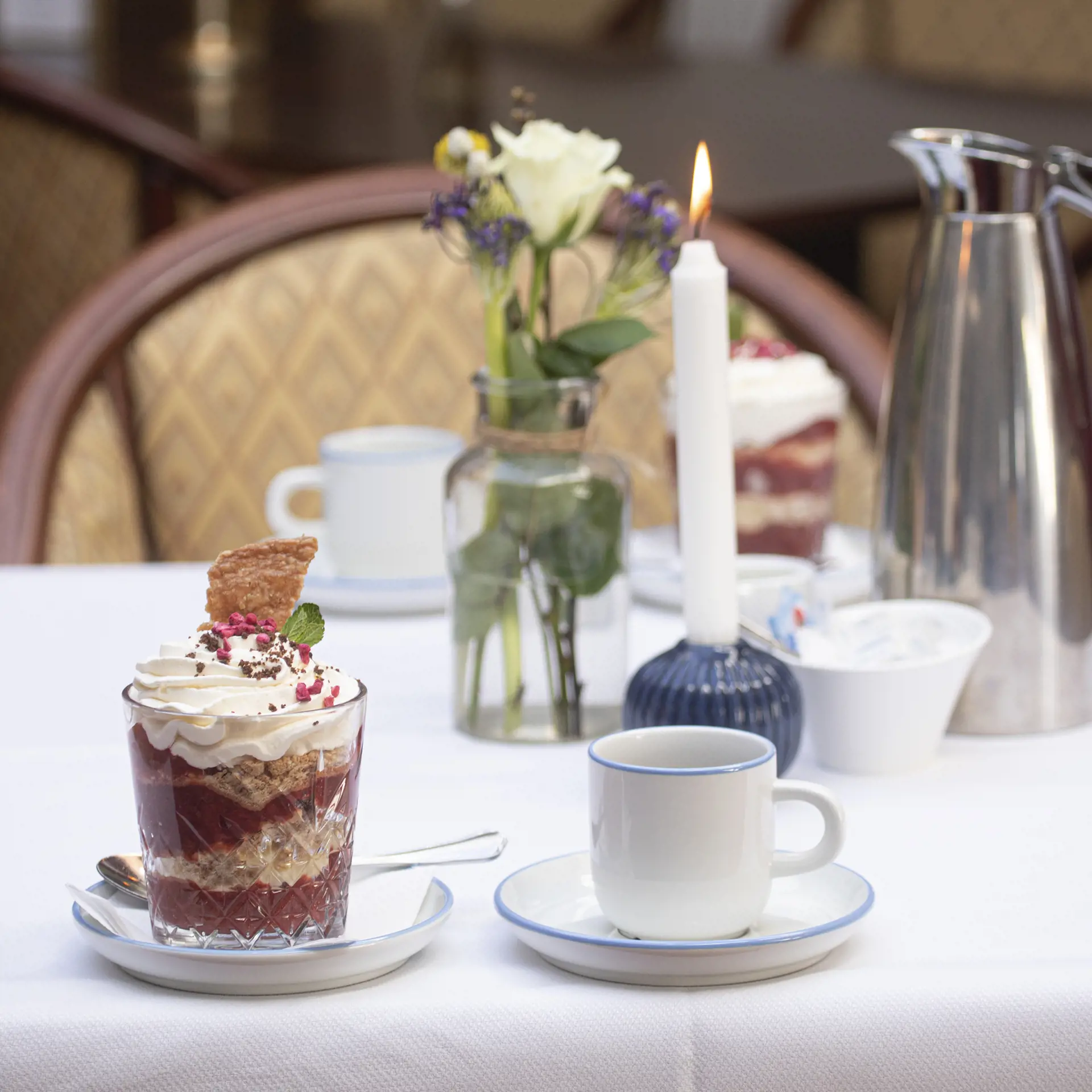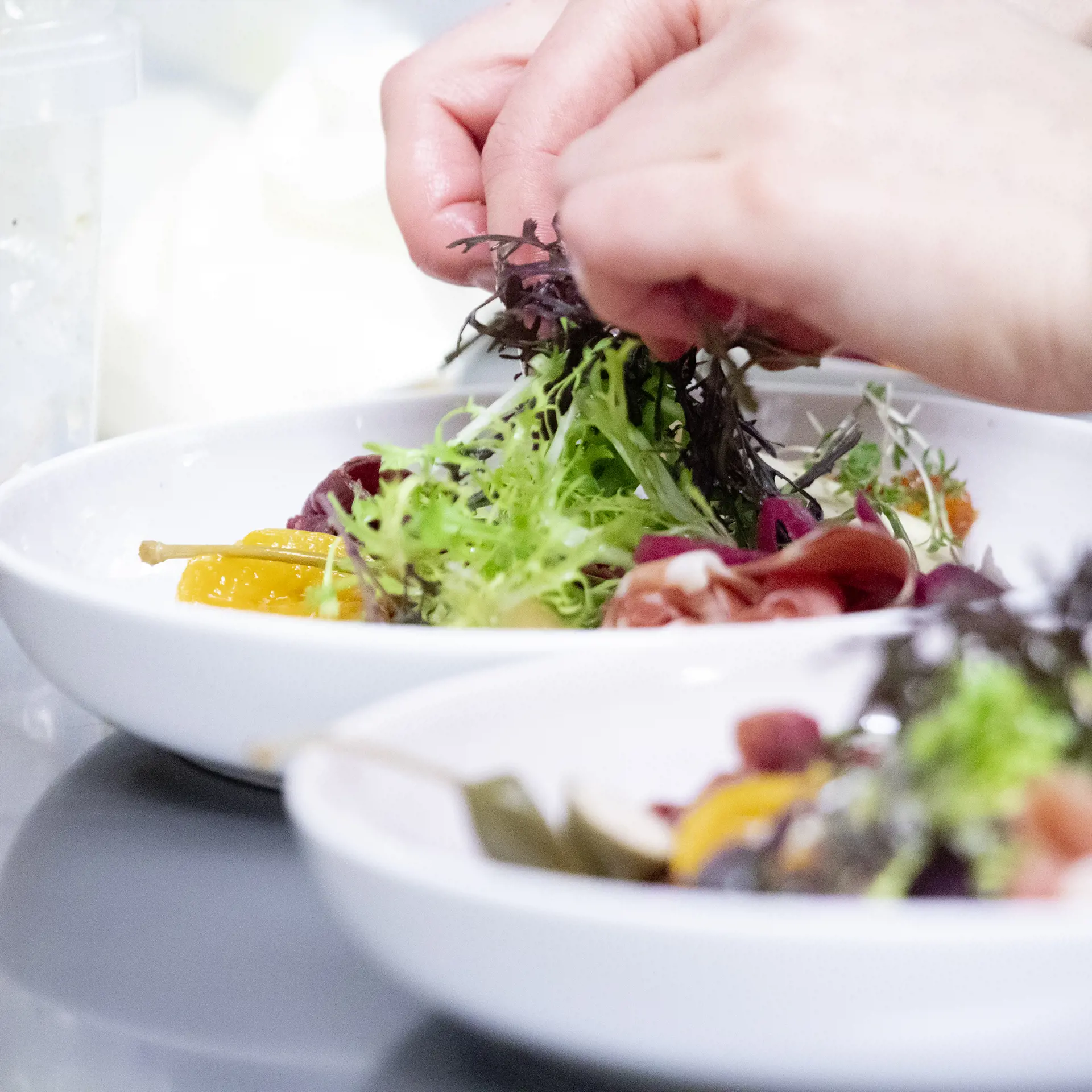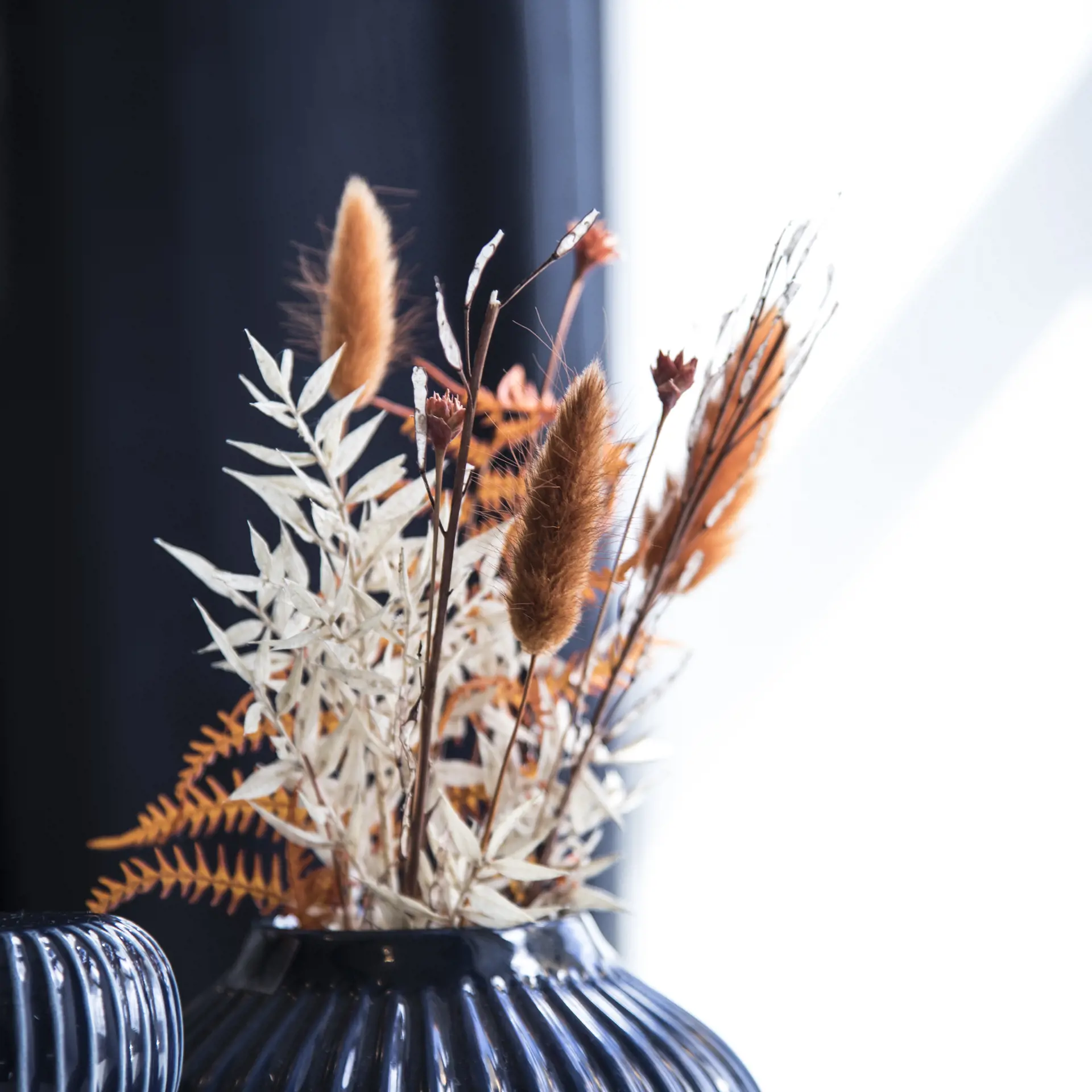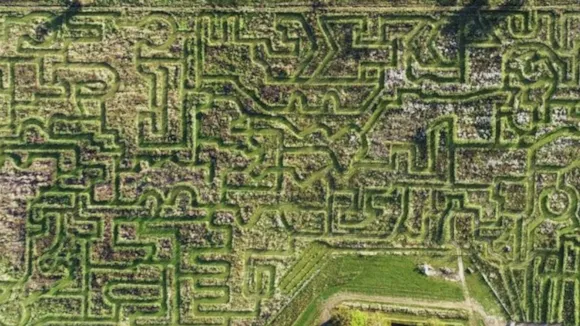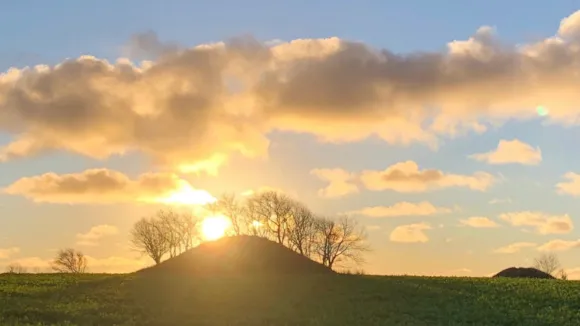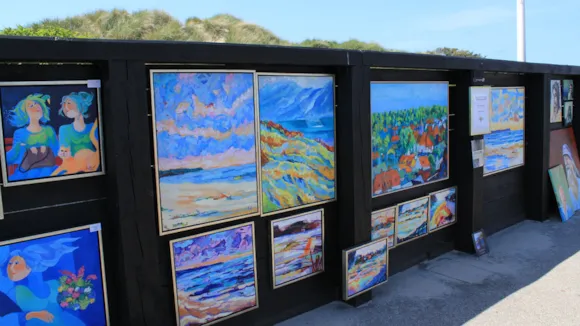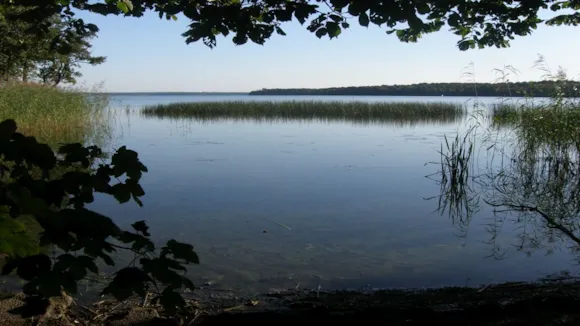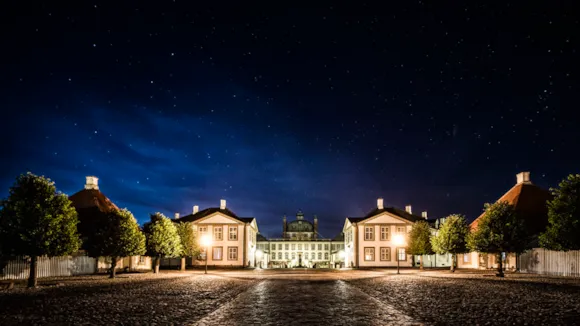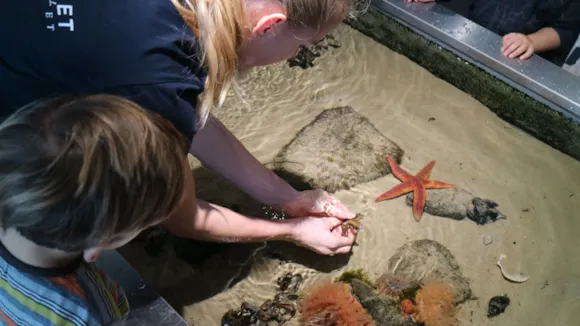Things to Do at Esrum Lake
Do you want to breathe fresh air? Are you in the mood for some physical activity? Or do you need tranquility and meditation in nature? Lake Esrum is large enough to offer it all – it is Denmark's second-largest lake.
Lake Esrum is situated with the town of Fredensborg and Fredensborg Palace on one side and Gribskov on the other. Esrum Monastery is in the north, and Nødebo is in the south.
Can you swim in Esrum Lake?
Yes! You are welcome to swim in lake Esrum – both in summer and winter. However, it's a good idea to be aware of algae before you take the plunge.
Check the water quality of Lake Esrum.
Fishing in Lake Esrum
Angling at Lake Esrum is allowed. However, be aware that it requires a fishing permit before you stand with the fishing rod and cast the line. You can catch a wide variety of fish in the lake: lake trout, bream, pike, roach, perch, tench, eel, whitefish, and bleak – if you are lucky.
In 1996, the Danish record for lake trout was set in Lake Esrum with a fish weighing 8.25 kg!
See fishing regulations for Lake Esrum at the Danish Nature Agency.
Birds in Lake Esrum
There is a rich birdlife in Esrum Lake that you can observe. You can do this, for example, from two bird observation towers in the southern part of the lake. The Smew was previously rare but has now almost become a symbol of Esrum Lake. You can also see many swans on the lake.
Note that parts of the lake are protected. The protected area is marked with yellow buoys.
Kayak, Canoe, Boat, and SUP
You can bring your own kayak, canoe, boat, or SUP board to Lake Esrum. It can make you break a sweat and cause sore muscles. Or it can be a meditative experience if you just glide peacefully through the water.
If you don't have your own vessel, you can, for example, rent one from "Sne og Vand".
Originating from a large Ice Age block
Lake Esrum has been in North Zealand for thousands of years. It is believed to be a giant ice block from the Ice Age that melted and formed the lake.
The lake is approximately 9 km long and has a surface area of 17.3 km². The deepest point measures 22.3 m, and the average depth is 13.5 m. This gives a water volume of 233 million m³ – the largest in Denmark.
Part of the National Park Kings North Zealand
Esrum Lake is part of the National Park Kings North Zealand
Esrum Lake is part of the National Park Kings North Zealand
due to its rich wildlife and varied nature.
Map of the National Park Kings North Zealand.
Things to see nearby
Esrum Monastery – See how the monks lived in the Middle Ages and visit the lively medieval market.
Fredensborg Palace – Visit one of the queen's favorite palaces and explore the enormous park around it.
Parforce Hunting Landscape, UNESCO – Experience the enormous, human-created landscape with symmetrical paths and roads in Gribskov.
Outdoor accommodation
By the lake, on the side where Gribskov is also found, there are two primitive accommodation sites and several barbecue areas. Read more about camping and barbecue sites.
